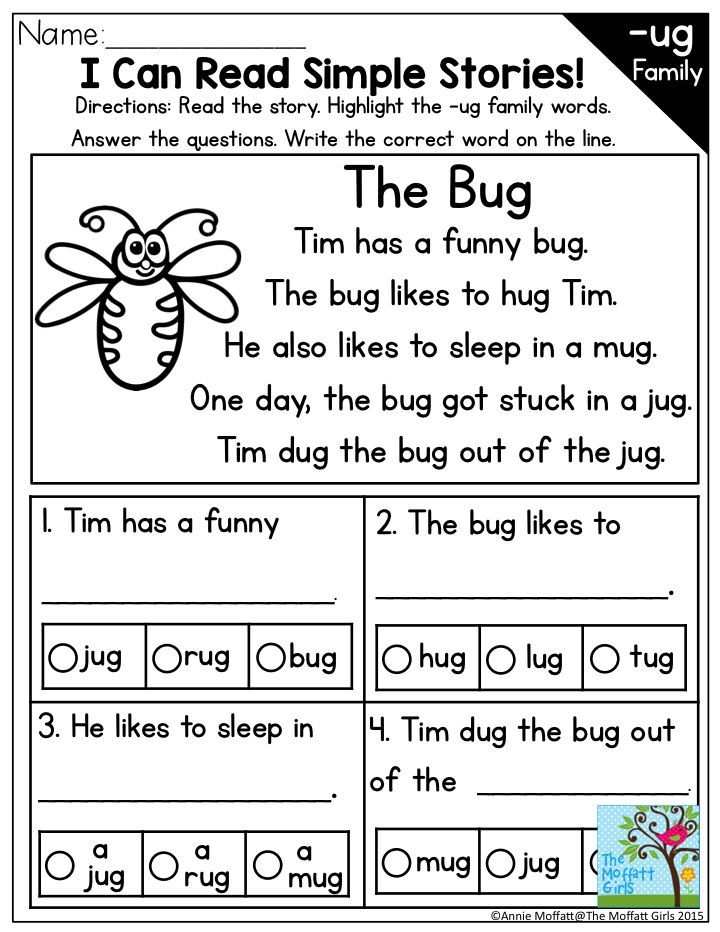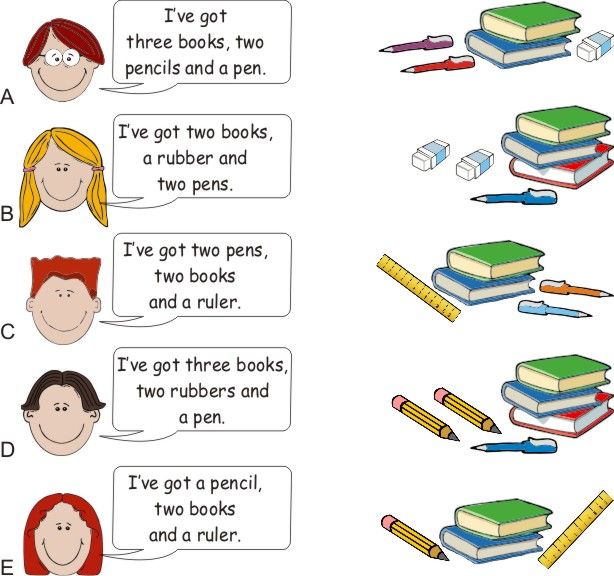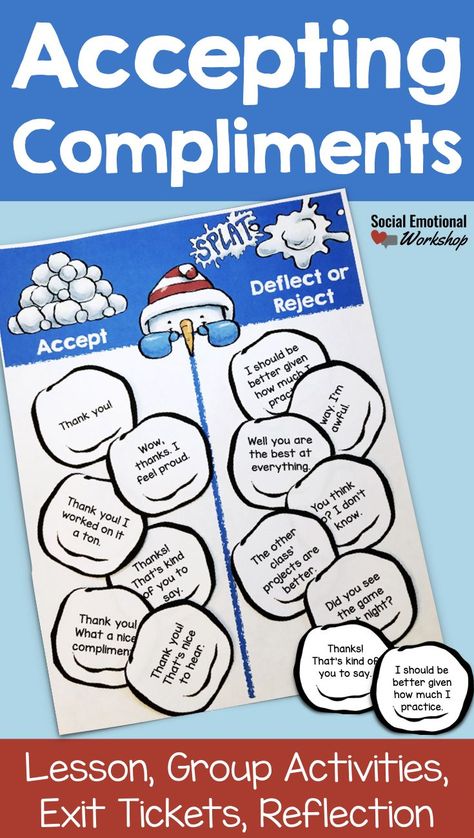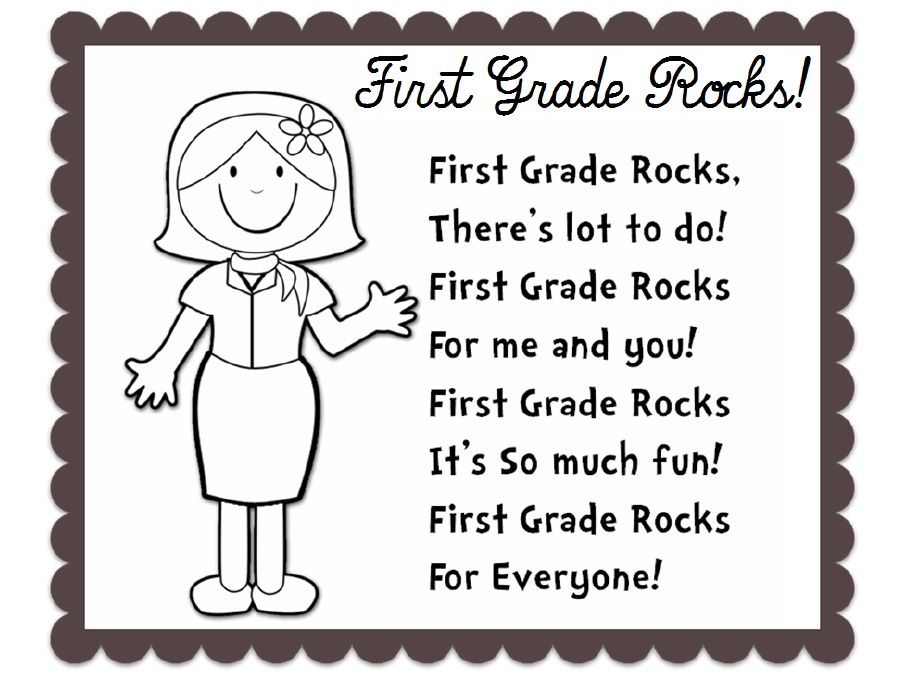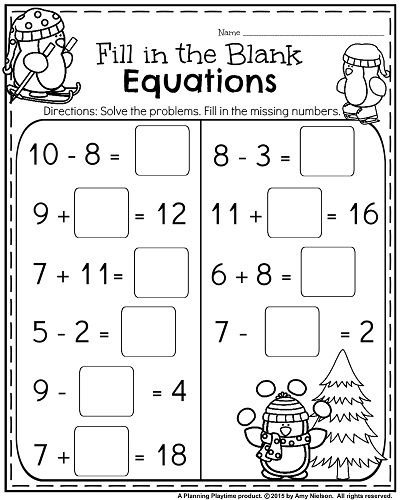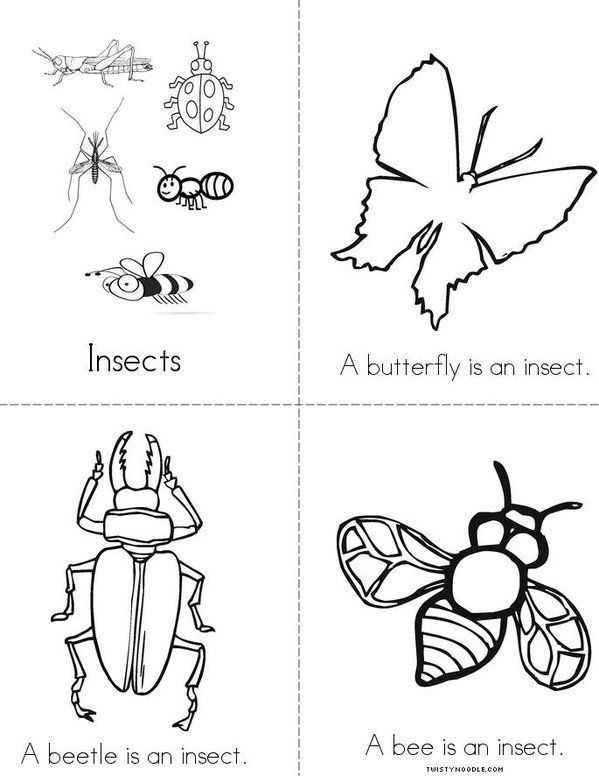Simple reading for kindergarten
The Best Simple Sentences for Kindergarten
There are so many fulfilling perks to teaching kindergarten, but near the top of the list is teaching students how to read. I think one of the best parts of literacy instruction is seeing the excitement in my students’ eyes when they start reading sentences! Once students are ready to take that step, it’s just a matter of keeping up that momentum and excitement with additional practice. In this post, I’m sharing some of my favorite ways to use simple sentences for kindergarten reading instruction.
Are My Students Ready for Reading Sentences?
Before we can expect young learners to read even simple sentences, it’s important to make sure they have the right foundation. The road to reading sentences includes important milestones such as:
- Identifying letters by name
- Identifying the sounds that letters make
- Blending sounds together to read words
- Reading words fluently in isolation, including sight words
Plus, between each milestone is a variety of phonemic and phonological awareness skills that need to be mastered in order to build a solid foundation for reading.
Once this foundation is in place, students are ready to begin reading words within sentences. Keep reading if you’d like to sneak a peek at the simple sentences that I use with kindergarten students when they’re ready to take this exciting step!
Simple Sentences for Kindergarten
There are many ways to practice reading sentences in kindergarten. Below are some of my favorite ways to incorporate simple sentences into literacy instruction. I love that these activities are perfect for literacy centers, morning work, small group intervention, or even homework! These activities also grow with students, so that they can read more challenging sentences as they learn more phonics patterns and master additional high frequency words.
Sight Word Fluency Sentences
When students first start reading words within sentences, it’s helpful to start with predictable text. I find that sight word fluency sentences are perfect for this!
These simple sentences often arrange the sight words in a predictable pattern, such as “I see a cat.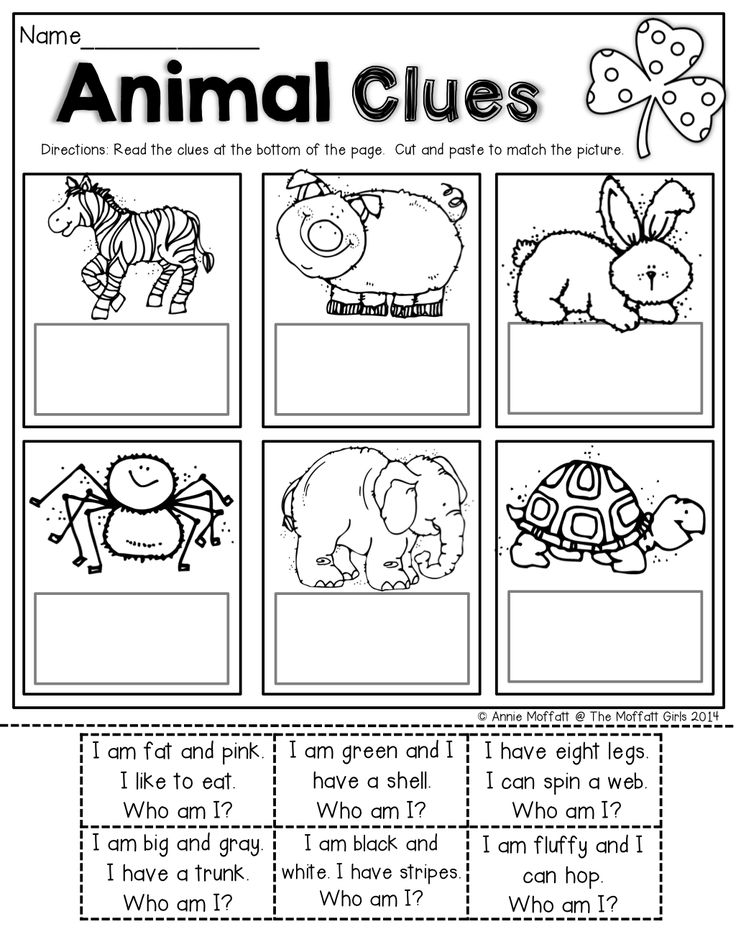 ” and “I see a pig.” This means that students can practice decoding words within sentences while building their sight word fluency. It’s a win-win!
” and “I see a pig.” This means that students can practice decoding words within sentences while building their sight word fluency. It’s a win-win!
Read and Reveal Sentences
Hands-on activities will help students stay engaged in reading practice. Read and reveal cards are always a hit with students! This activity has students read simple sentences on a card, then unclip the flap to reveal a picture that corresponds to the sentence. Students will use their comprehension skills to decide if the sentence they read makes sense with the picture they just uncovered.
Since this adds an element of self-correction to the activity, read and reveal cards are perfect for literacy centers, morning work, or even a fast finisher activity. The fine motor practice from using clips for this activity is an added bonus!
Sentence Scramble Activities
As students grow more comfortable with reading sentences, they will start to get a feel for the natural rhythm of language and word order. This, in turn, will help improve reading fluency. One of my favorite ways to help students understand and practice word order is with sentence scramble activities. After putting a sentence in the correct order, they can practice reading it fluently.
This, in turn, will help improve reading fluency. One of my favorite ways to help students understand and practice word order is with sentence scramble activities. After putting a sentence in the correct order, they can practice reading it fluently.
You can add some cutting practice by having the students cut out the scrambled words themselves. Plus, having the word strips available to move around helps students in the task of unscrambling each sentence.
Sentence Dictation
Writing activities are another way that I incorporate simple sentences into literacy instruction. When students write sentences, they are able to practice their phonics skills in a different, yet still very important, way. Sentence dictation is a great activity that incorporates many kindergarten skills!
After listening to a simple sentence, students will use their phonics skills to write each word in the sentence. Then they will use their fine motor skills to form the letters and words in the sentence. Finally, students will practice reading what they wrote as they decide if their written sentence matches what the teacher said. Sentence dictation doesn’t have to take a lot of time! If you have whiteboards and markers out for a different activity, do a quick sentence dictation before having the students put things away.
Finally, students will practice reading what they wrote as they decide if their written sentence matches what the teacher said. Sentence dictation doesn’t have to take a lot of time! If you have whiteboards and markers out for a different activity, do a quick sentence dictation before having the students put things away.
Sight Word Sentence Strips
This is another activity that incorporates writing as students practice reading sentences. Students can use these sight word sentence strips to practice decoding sentences fluently as they practice writing them as well.
Once these strips are laminated for durability, students can use dry erase marker to practice letter formation as they copy each sentence. This is another activity that students can work on independently during literacy centers or morning work time.
Since these sight word sentences are prepped and on binder rings, you can also take them on the go for even more practice! Use them as “password” flashcards: Have each student read a sentence from the bundle before entering the cafeteria, going outside for recess, or leaving for the day.
Kindergarten Reading Fluency Passages
Young learners get so excited when they can start reading passages with multiple sentences! This is why I love to use kindergarten reading fluency passages. Students are able to review phonics patterns and high frequency words as they improve their reading fluency and comprehension skills.
After students have had time to practice each passage in the classroom, I encourage them to take it home and read it to friends and family. They are always so excited to show off their reading skills!
Keep scrolling for information about a free reading fluency download that you can use in your classroom.
Free Reading Practice for Kindergarten
Would you like to try these reading fluency passages with simple sentences? You can grab this free collection of nine passages to share with your students. This free download focuses on short vowels, long vowels, blends, and digraphs. Each passage also includes common sight words to help build reading fluency.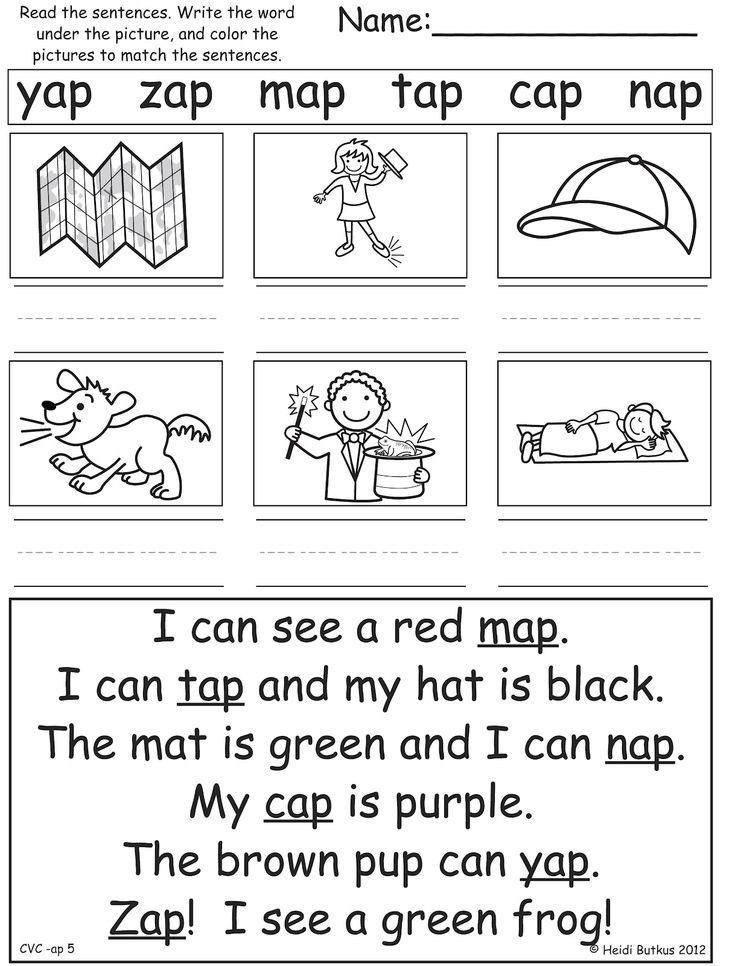 Just fill out the form below and it will be delivered straight to your inbox!
Just fill out the form below and it will be delivered straight to your inbox!
Free Reading Fluency
Help your students make the leap from sounding out words to reading with fluency! These fluency passages are designed to give kids successful reading practice to help students become strong readers!
First Name Your email addressSave These Kindergarten Sentences
Be sure to save this pin to your favorite phonics board on Pinterest! You’ll be able to come back to these simple sentences for kindergarten when your little readers are eager to give them a try.
First grade is critical for reading skills, but some kids are way behind
AUSTIN, Texas — Most years, by the third week of first grade, Heather Miller is working with her class on writing the beginning, middle and end of simple words. This year, she had to backtrack — all the way to the letter “H.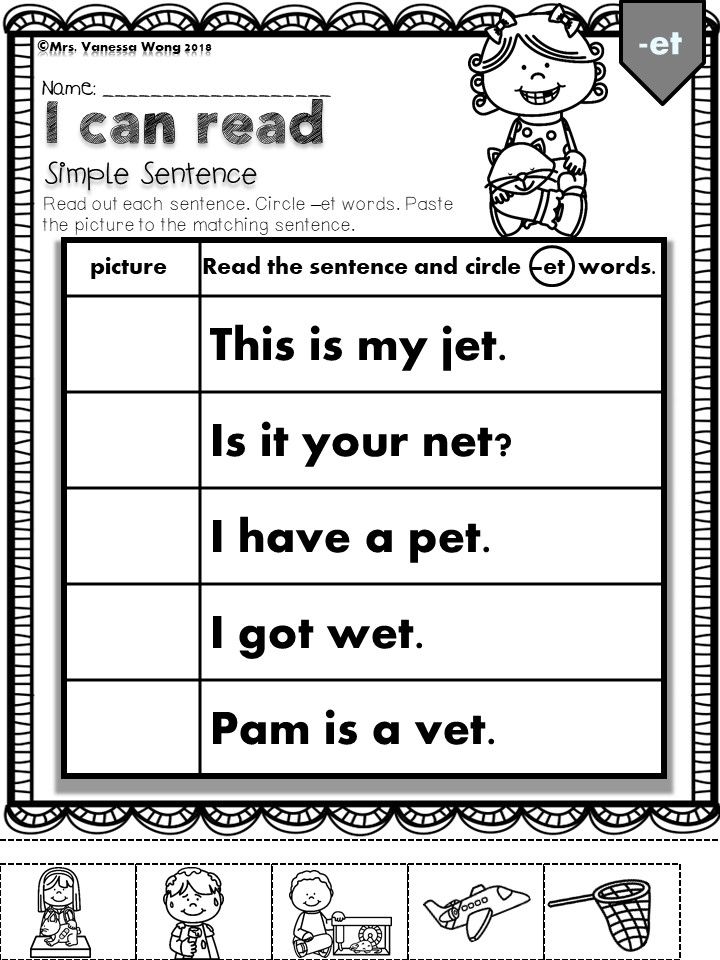 ”
”
“Do we start at the bottom or do we start at the top?” Miller asked as she stood in front of her class at Doss Elementary.
“Top!” chorused a few voices.
“When I do an H, I do a straight line down, another straight line down and then I cross in the middle,” Miller said, demonstrating on a projector in a front corner of the classroom.
Her 25 students set to work on their own. Some got it right away. One student watched his tablemate before slowly copying down his own H’s. Another tested her own way of writing the letter: one line down, cross in the middle, then another line down. “Your paper is upside down, let’s turn it,” Miller said to a student who was trying to write letters while leaning sideways, almost out of her seat.
A student works on a writing assignment in Heather Miller’s classroom.In classrooms across the country, the first months of school this fall have laid bare what many in education feared: Students are way behind in skills they should have mastered already.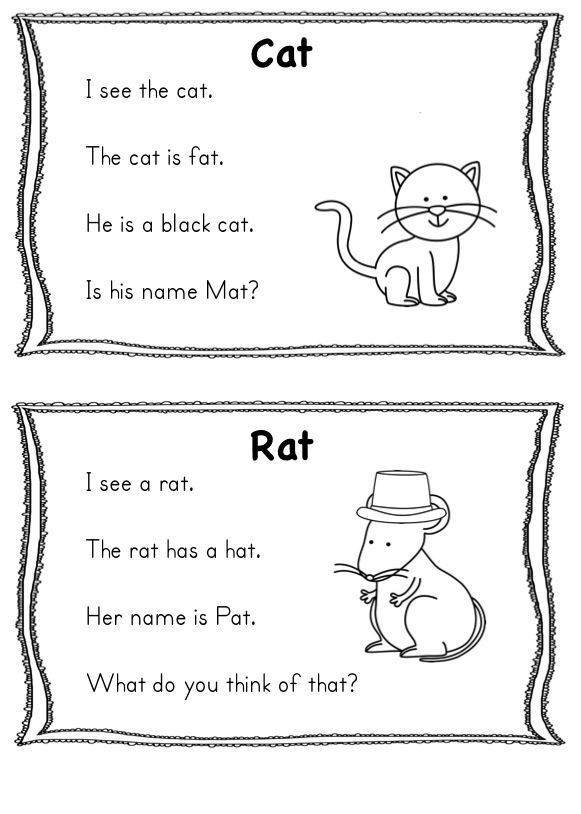
Children in early elementary school have had their most formative first few years of education disrupted by the pandemic, years when they learn basic math and reading skills and important social-emotional skills, like how to get along with peers and follow routines in a classroom.
While experts say it’s likely these students will catch up in many skills, the stakes are especially high around literacy. Research shows if children are struggling to read at the end of first grade, they are likely to still be struggling as fourth graders. And in many states with third grade reading “gates” in place, students could be at risk of getting held back if they haven’t caught up within a few years.
40 percent — The number of first grade students “well below grade level” in reading in 2020, compared with 27 percent in 2019, according to Amplify Education Inc.
First grade in particular — “the reading year,” as Miller calls it — is pivotal for elementary students, when their literacy skills “really take off. ” Kindergarten focuses on easing children from a variety of educational backgrounds — or none at all — into formal schooling. In contrast, first grade concentrates on moving students from pre-reading skills and simple math, like counting, to more complex skills, like reading and writing sentences and adding and subtracting numbers.
” Kindergarten focuses on easing children from a variety of educational backgrounds — or none at all — into formal schooling. In contrast, first grade concentrates on moving students from pre-reading skills and simple math, like counting, to more complex skills, like reading and writing sentences and adding and subtracting numbers.
By the end of first grade in Texas, students are expected to be able to mentally add or subtract 10 from any given two-digit number, retell stories using key details and write narratives that sequence events. The benchmarks are similar to those used in the more than 40 states that, along with the District of Columbia, adopted the national Common Core standards a decade ago.
Teachers often see a range of literacy skills, and that could be more pronounced this year due to the pandemic
Teacher Heather Miller has seen a wide range of writing skills among her first grade students, with some students already writing complex sentences while others are still working on letter formation.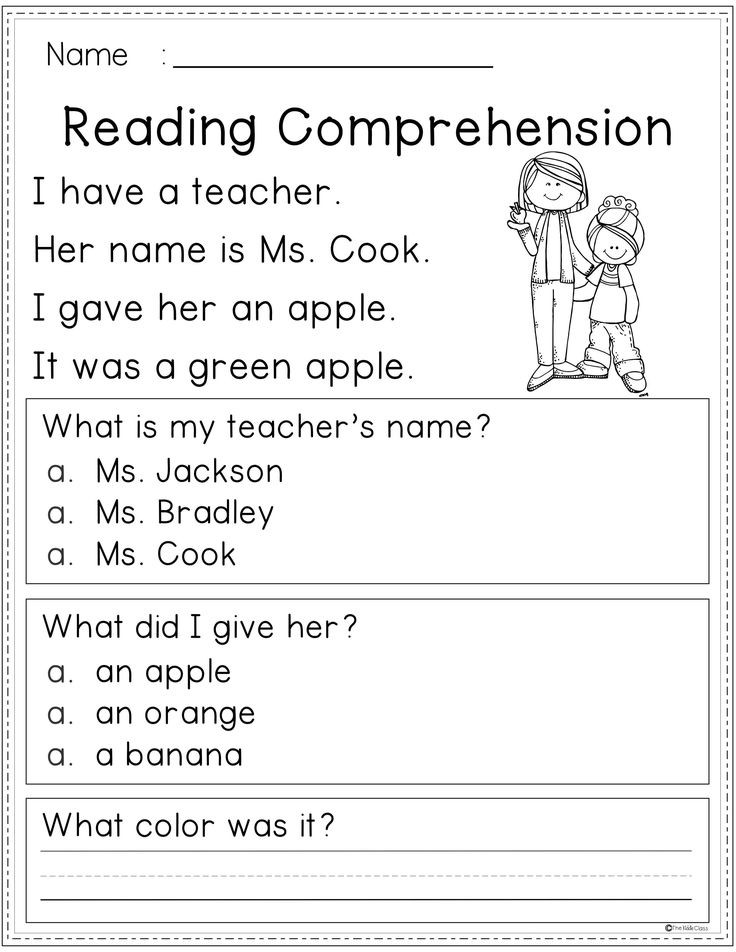 Credit: Jackie Mader/ The Hechinger ReportHeather Miller has already seen improvement in writing, including among students who started the year without a strong grasp of forming letters. Credit: Jackie Mader/ The Hechinger ReportHeather Miller’s students frequently write in notebooks to show their progress in writing skills. Credit: Jackie Mader/ The Hechinger ReportHeather Miller’s students frequently write in notebooks to show their progress in writing skills. Credit: Jackie Mader/ The Hechinger Report
Credit: Jackie Mader/ The Hechinger ReportHeather Miller has already seen improvement in writing, including among students who started the year without a strong grasp of forming letters. Credit: Jackie Mader/ The Hechinger ReportHeather Miller’s students frequently write in notebooks to show their progress in writing skills. Credit: Jackie Mader/ The Hechinger ReportHeather Miller’s students frequently write in notebooks to show their progress in writing skills. Credit: Jackie Mader/ The Hechinger Report“They really grow as readers in first grade, and writers,” Miller said. “It’s where they build their confidence in their fluency.”
But about half of Miller’s class of first graders at Doss Elementary, a spacious, bright, newly built school in northwest Austin, spent kindergarten online. Some were among the tens of thousands of children who sat out kindergarten entirely last year.
More than a month into this school year, Miller found she was spending extensive time on social lessons she used to teach in kindergarten, like sharing and problem-solving.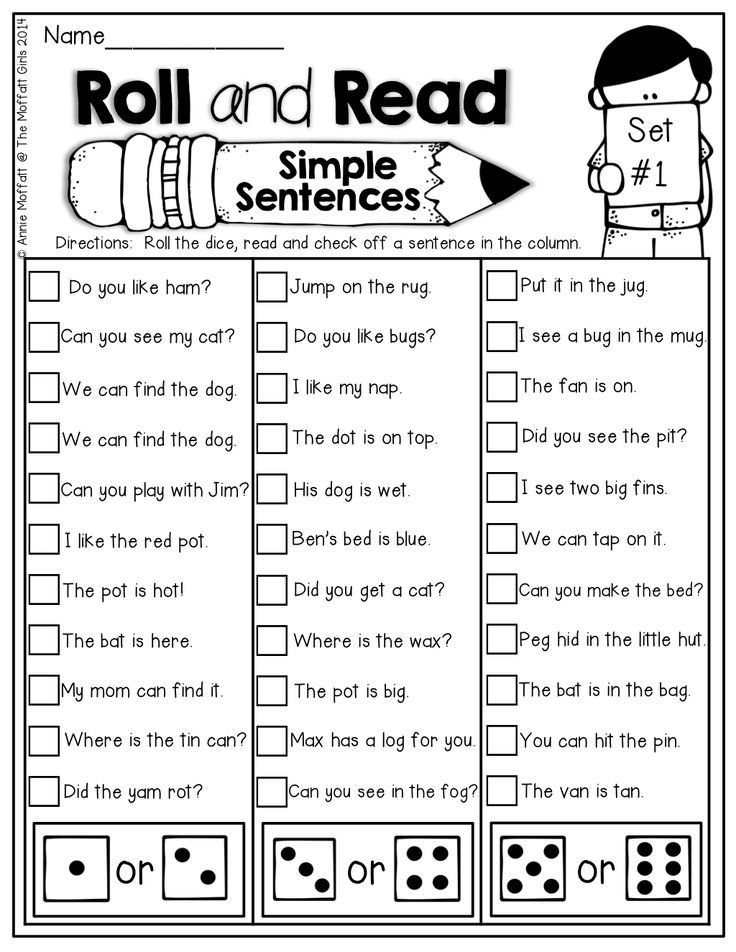 She stopped class repeatedly to mediate disagreements. Finally, she resorted to an activity she used to use in kindergarten: role-playing social scenarios, like what to do if someone accidentally trips you.
She stopped class repeatedly to mediate disagreements. Finally, she resorted to an activity she used to use in kindergarten: role-playing social scenarios, like what to do if someone accidentally trips you.
“My kids are so spread out in their needs … there’s so much to teach, and somehow there’s not enough time.”
Heather Miller, first grade teacher
“So many kids are missing that piece from last year because they were, you know, virtual or on an iPad for most of the time, and they don’t know how to problem-solve with each other,” Miller said. “That’s just caused a lot of disruption during the school day.”
Her students were also not as independent as they had been in previous years. Used to working on tablets or laptops for much of their day, many of these students were also behind in fine motor skills, struggling to use scissors and still working on correctly writing numbers.
Related: What parents need to know about the research on how kids learn to read
Instead of working on first grade standards, Miller was devoting time on this Friday morning in early September to forming upper- and lowercase letters, a kindergarten standard in Texas and the majority of other states.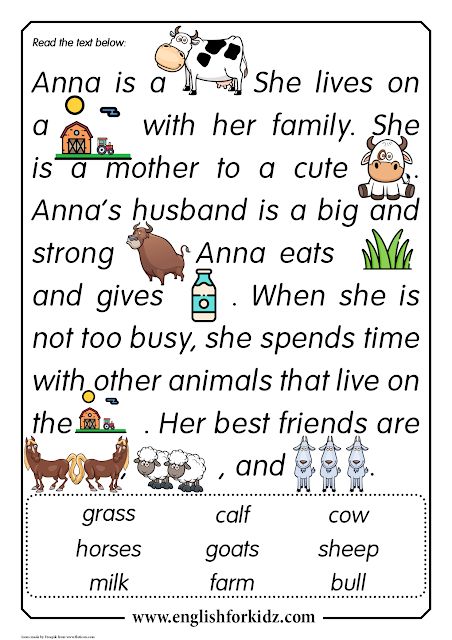 As students finished practicing the letter H, they moved on to the assignment at the bottom of the page: Draw a picture and write a word describing something that starts with an H.
As students finished practicing the letter H, they moved on to the assignment at the bottom of the page: Draw a picture and write a word describing something that starts with an H.
“H-r-o-s” one student wrote next to a picture of a horse standing on green grass in front of a light blue sky. “H-e-a-r-s” another student wrote next to a picture of a strip of brown hair, floating in the white picture box. “You should draw a face there,” suggested his tablemate, pointing at the blank space under the hair.
Students work on a phonics activity during center time in Heather Miller’s classroom. Credit: Jackie Mader/ The Hechinger ReportMiller’s first graders are a case study in the scale, depth and unevenness of learning loss during the pandemic. One report by Amplify Education Inc., which creates curriculum, assessment and intervention products, found children in first and second grade experienced dramatic drops in grade level reading scores compared with those in previous years.
In 2020, 40 percent of first grade students and 35 percent of second grade students were scoring “well below grade level” on a reading assessment, compared with 27 percent and 29 percent the previous year.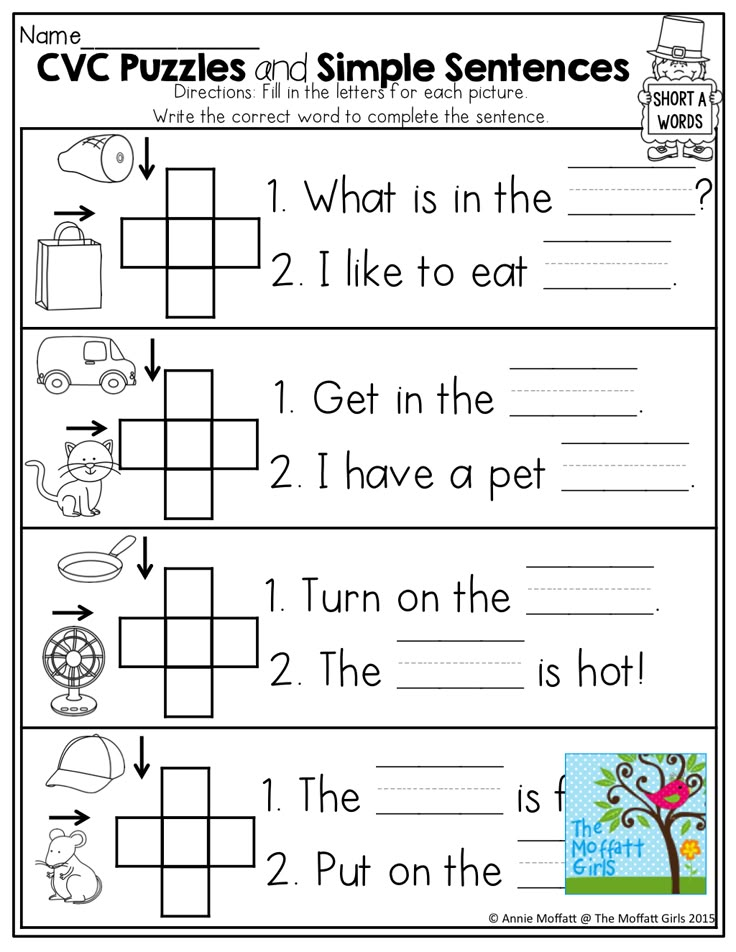 That means a school would need to offer “intensive intervention” to nearly 50 percent more students than before the pandemic.
That means a school would need to offer “intensive intervention” to nearly 50 percent more students than before the pandemic.
Data analyzed by McKinsey & Company late last year concluded that children have lost at least one and a half months of reading. Other data show low-income, Black and Latinx students are falling further behind than their white peers, leading to worsening achievement gaps.
Experts say it’s now clear families who had time and resources to help their children with academics when schooling was disrupted had a tremendous advantage.
“Higher-income parents, higher-educated parents, are likely to have worked with their children to teach them to read and basic numbers, and some of those really basic early foundational skills that kids generally get in pre-K, kindergarten and first grade,” said Melissa Clearfield, a professor of psychology who focuses on young children and poverty at Whitman College.
“Families who were not able to, either because their parents were essential workers or children whose parents are significantly low-income or not educated, they’re going to be really far behind.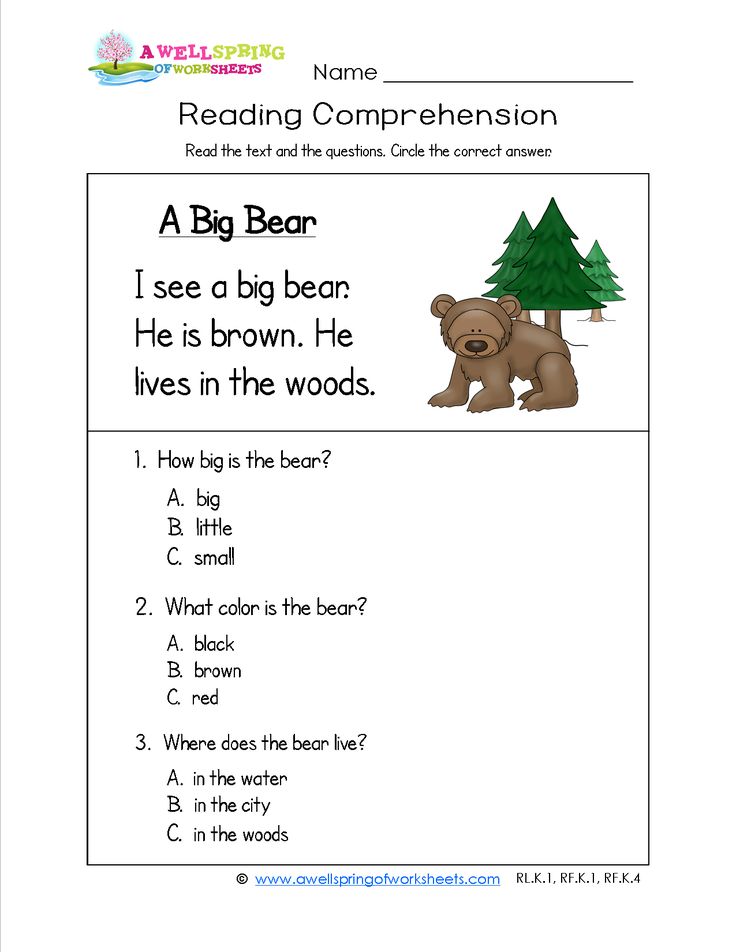 ”
”
What Miller has observed in the first few weeks of the school year is likely taking place in classrooms nationwide, experts say. In April, researchers with the nonprofit NWEA, which develops pre-K-12 assessments, predicted how the pandemic’s disruptions would manifest among the kindergarten class of 2021: a wider range of ability levels; large class sizes with more diverse ages because some parents held children back a grade; and students unfamiliar with in-person classroom routines.
“We predicted that there would be a lot of diversity in skills,” said Brooke Mabry, strategic content design coordinator for NWEA Professional Learning. That includes skills related to academics, social-emotional learning and executive functioning, she added.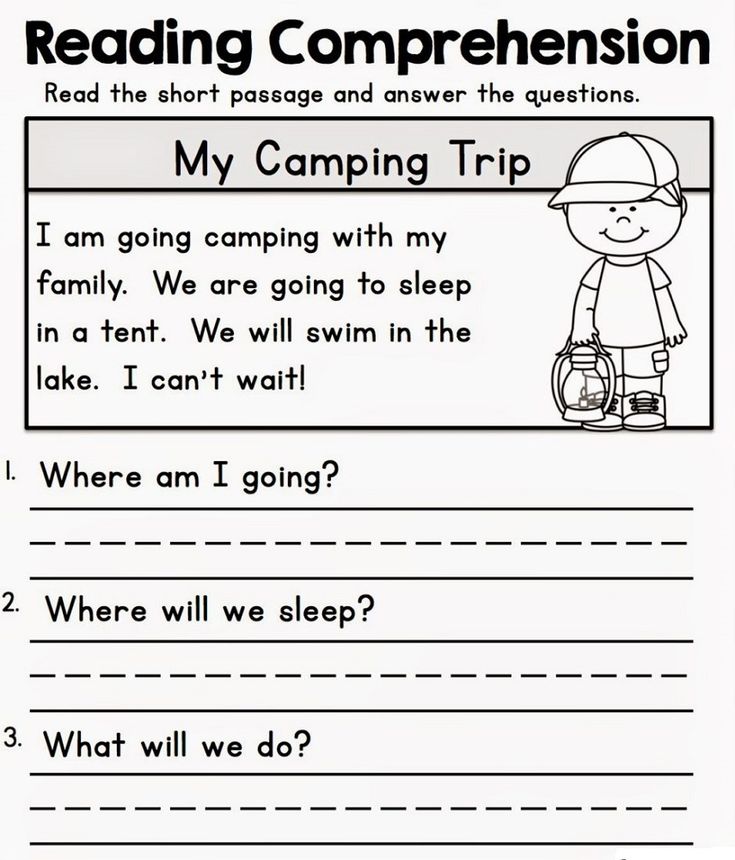
The varying experiences children had with school last year also impacted fine motor skill development, independence, ability to navigate conflicts and the “unfinished learning” teachers are now observing, she added.
Related: Remote learning a bust? Some families consider having their child repeat kindergarten
While switching to remote learning was hard on many students, younger students were generally unable to log themselves on to a computer independently and focus on virtual lessons for extended periods of time. Teachers, who usually rely on small, in-person groups for early literacy skills, instead had to teach letters, sounds and sight words via online platforms.
Miller had the unwieldy task of teaching kids both in person and online, spending her year pivoting between students in front of her and students on her computer screen, using her projector to display books to students at home and teaching reading skills via virtual groups.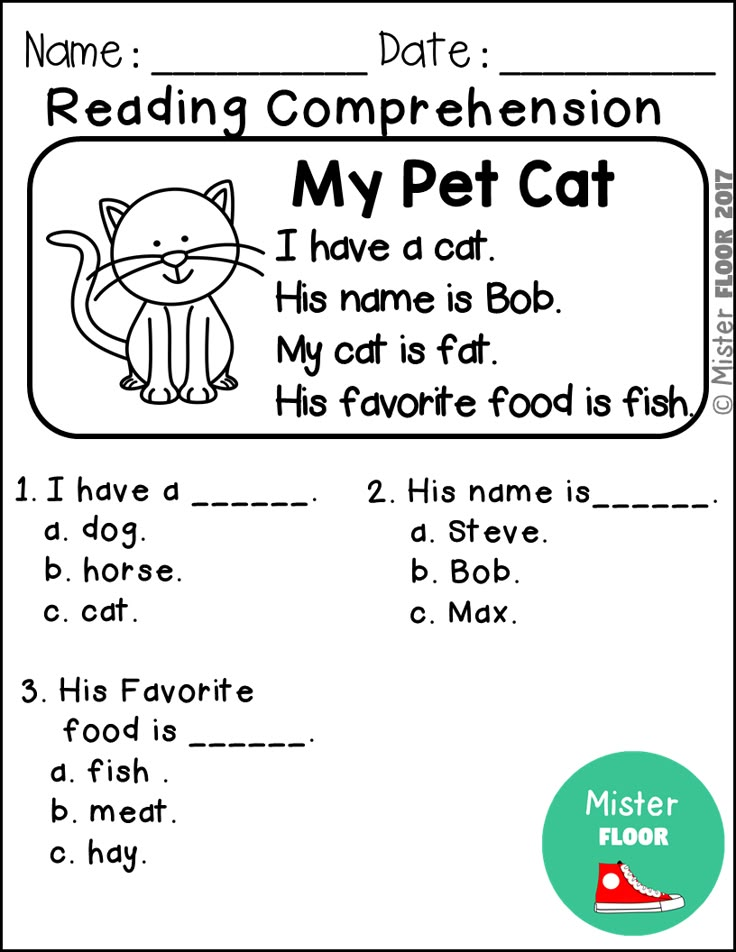
Now, with students in front of her again, Miller was finding that those online lessons weren’t as useful as many had hoped.
Miller, 30, is a calm, confident teacher who is in her eighth year of teaching and her second at Doss. She usually has students with a wide range of ability levels at the beginning of the year, although Doss is relatively affluent. Nearly 62 percent of students at the school are white, and fewer than 20 percent are economically disadvantaged, compared with the district average of nearly 53 percent. In 2019, 95 percent of Doss’ students passed the state reading assessment.
Students play outside Doss Elementary in Austin, Texas. Credit: Jackie Mader/ The Hechinger ReportBut this year, Miller saw larger gaps in reading skills than ever before. Usually, her first graders would start with reading levels ranging from mid-kindergarten to second grade. This year, the levels spanned early kindergarten up to fourth grade.
“My kids are so spread out in their needs,” Miller said.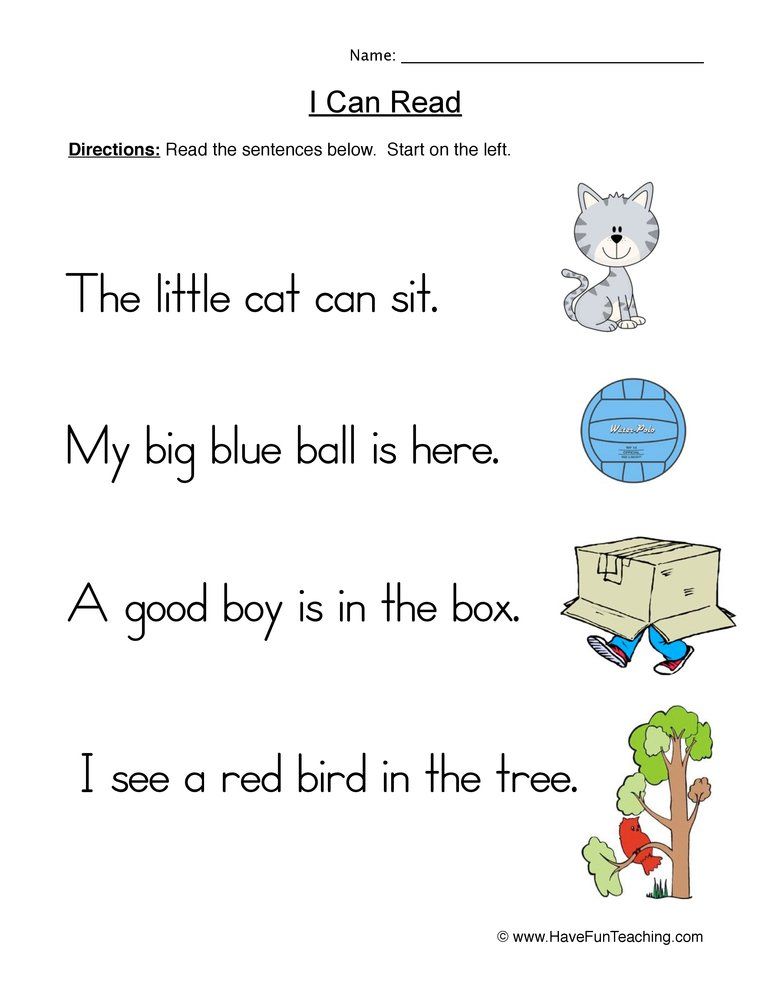 “I just feel like — and I’m sure every teacher feels like this — there’s so much to teach, and somehow there’s not enough time.”
“I just feel like — and I’m sure every teacher feels like this — there’s so much to teach, and somehow there’s not enough time.”
She’s also seen higher literacy levels for kids who went to school in person last year. To her, it speaks to the immense benefits kids get from all aspects of in-person learning. “It just shows how important it is for these kids to be around their peers and just have normalcy,” she said.
Related: Summer school programs race to help students most in danger of falling behind
To catch kids up, Miller is relying on, among other things, one of the staples of the early elementary classroom: center time. For two hours a day, she works with small groups of students on the specific math and reading skills they are lacking.
On a recent October morning, Miller divided her class into five groups to rotate through various activities around her room. She gave her students a few minutes to finish a writing assignment as she pulled out several sets of small books at various reading levels; colorful plastic, hollow phones so her students could hear themselves read; and for a group of struggling readers, a matching game featuring cards showing various letters and pictures.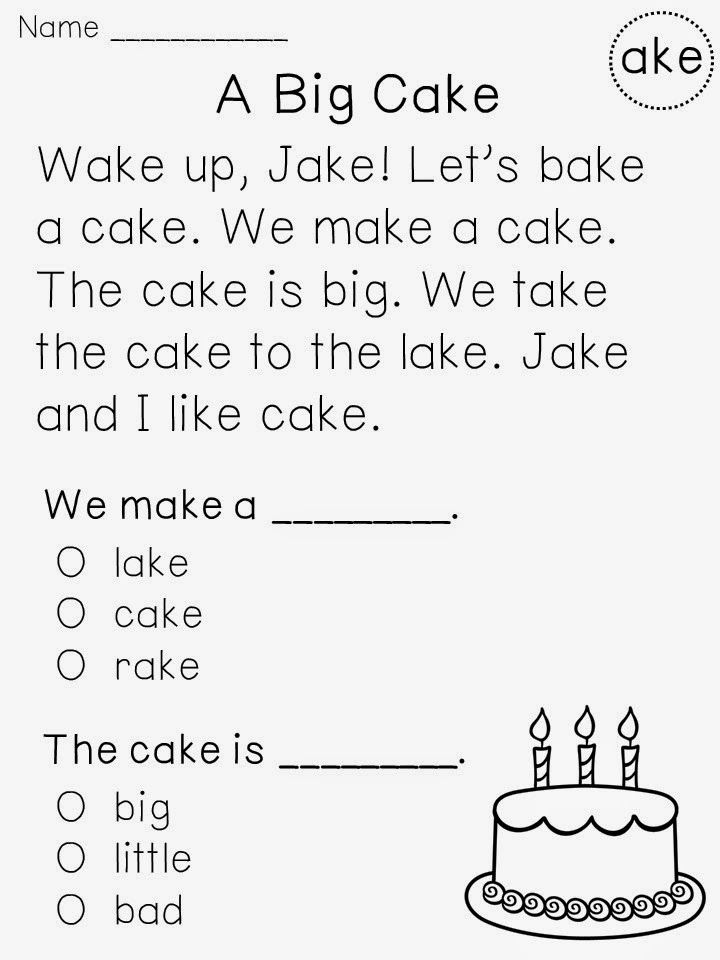
“I feel like I’m teaching four grades,” Miller said as she arranged the materials on her desk.
Several minutes later, seated at a table in the back of the room with five of her grade-level readers, Miller handed them each a phone, a small book and a green witch’s finger to help them point at the words in the book. “Today we’re going to talk about our reading tools,” Miller said, holding up a blue plastic phone. “These are called whisper phones. You whisper so you can hear yourself sound out the words,” she said. “Do these go on our heads?”
“No!” the students said, giggling.
“You know what these are for?” she said, holding up a rubber finger.
“Um, they’re for reading,” one student said. “’Cause I had them in kindergarten.”
“Very good. Are these for picking your nose?” Miller asked.
“No!” the students said, laughing.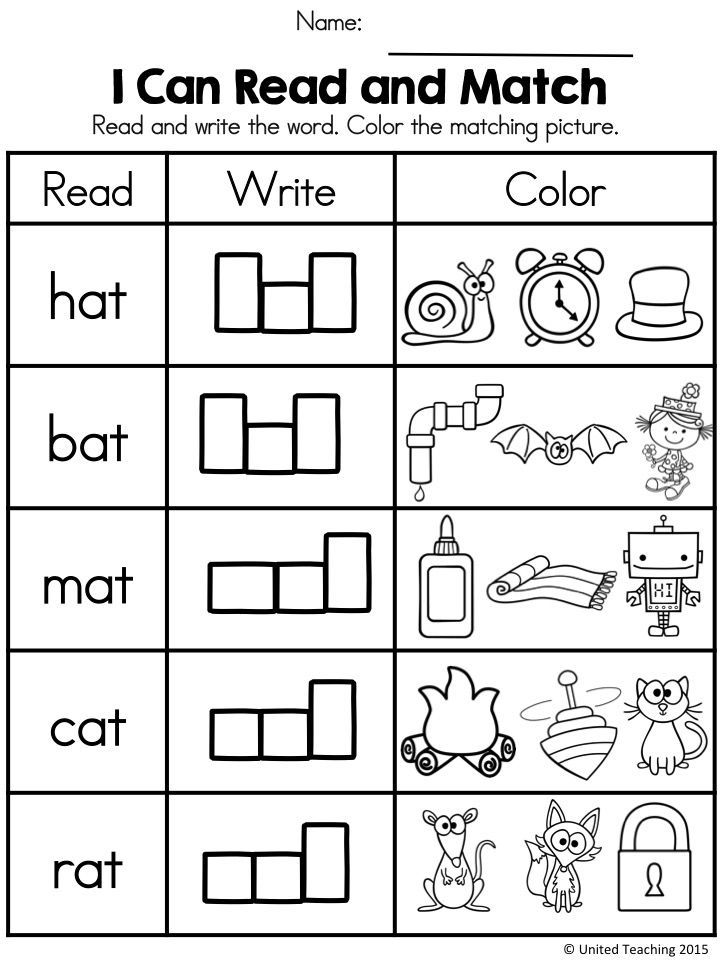
She placed a book in front of each child and walked them through a series of exercises, including looking at the cover and predicting what the book would be about.
Then, they opened their books and began to read in a whisper. Miller turned from one side of the table to the other, listening as students read to themselves, pointing at each word with their green rubber fingers. She helped them sound out challenging words, like “away.” One by one, the students finished the book. A few read it several times in the minutes allotted.
Students practice reading using whisper phones during center time in their first grade classroom. Credit: Jackie Mader/ The Hechinger ReportMiller’s next group, all of whom were reading far below grade level, required a different activity. Rather than handing out a book, Miller pulled out a letter-matching game at the table, using materials she had from her days as a kindergarten teacher. She placed two small laminated cards on the table, one showing the letter D and a picture of a dog, and one with the letter B and a picture of a ball.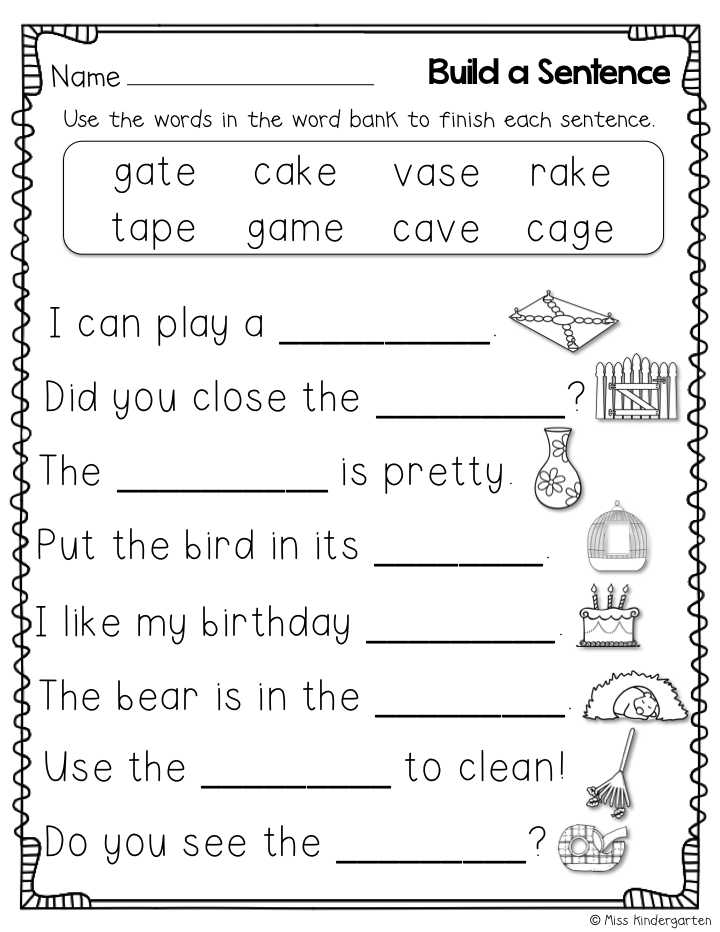
“We’re going to do your letters today,” Miller said to the group. “What letter is this?” she asked, pointing to the B.
“Ball!” one student responded.
“What letter?” Miller asked again. There was a pause.
“B!” another student responded.
“What sound does it make?”
“Buh,” a third student said.
The students ran through the activity, looking at pictures of items starting with B and D like a doll, ball, dog and dolphin, and sorting them into piles based on the starting letter.
A student reads a book during center time in Heather Miller’s classroom. Credit: Jackie Mader/ The Hechinger ReportExperts like Clearfield say finding new or different strategies to help students learn grade-level content after the last 18 months will be critical, even if that means pulling out activities typically used by lower grade levels, as Miller did with her lowest reading group.
It also may mean recruiting help from outside the classroom. Miller said Doss already had a strong team of interventionists to rely on, and several of her students receive extra reading help during the day.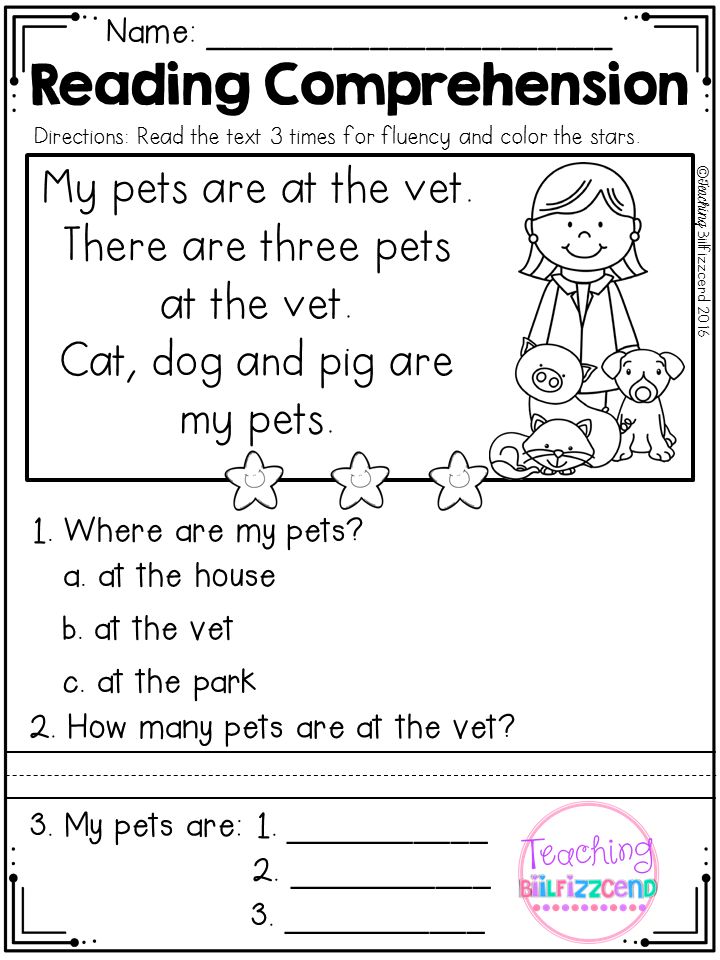
Miller has also found it helpful to work with her fellow first grade teachers to solve a shared academic challenge. This fall, the first grade teachers all discovered that many of their students were behind in reading sight words. They began meeting regularly to share tips and strategies to combat this.
Despite the obvious need to catch kids up, Miller has been mindful of not coming on too strong with remediation efforts. “I don’t want to push them so hard where they get burned out,” she said on an October evening. “They’ve been through so much.”
Related: We know how to help young children cope with the trauma of the last year— but will we do it?
Mabry, of NWEA, said while catching students up is important, society needs to view the recovery process as a multiyear effort. “In previous years, when looking at unfinished learning and finding ways to get students to accelerated growth, we never expected that we would get students who need support to meet those accelerated goals in one year.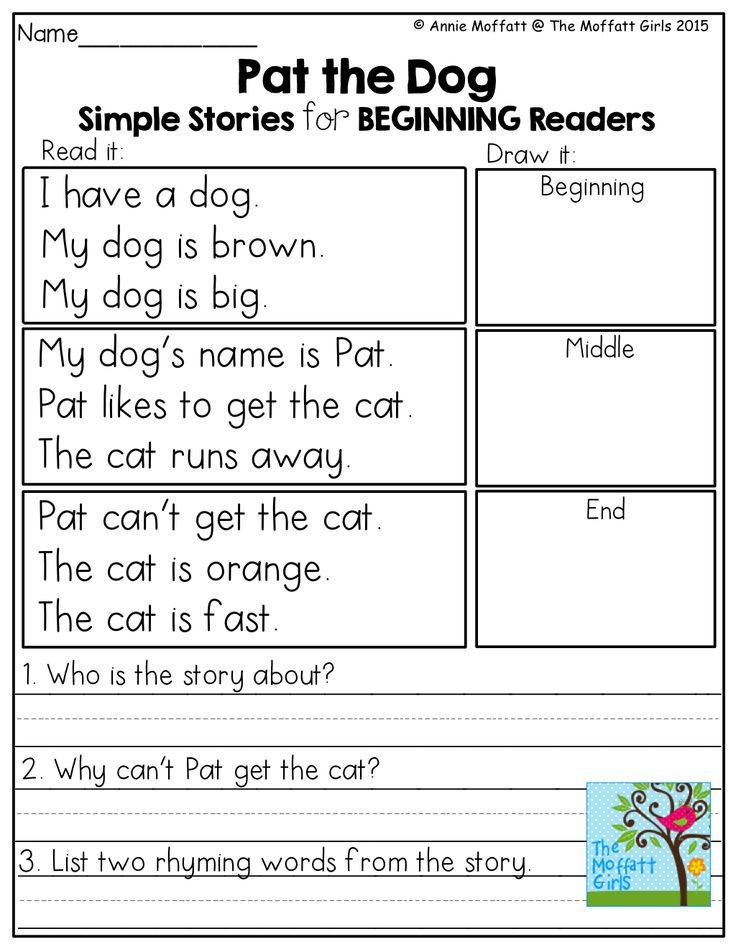 We would never approach it that way,” Mabry said. “Now, we’re so frantic. I think we’re frantic because we feel it’s this larger population.”
We would never approach it that way,” Mabry said. “Now, we’re so frantic. I think we’re frantic because we feel it’s this larger population.”
It’s a daunting task, but experts say there is hope.
“Kids will catch up eventually,” said Clearfield from Whitman College. But to get there, society may need to re-evaluate expectations, she added. “If most children in our community are behind by, like, a year or two, then our expectations for what is typical, it’s going to have to match where they are,” Clearfield said. “Otherwise, we are going to be constantly frustrated … we’re going to have expectations that don’t match their skills or abilities.”
By mid-autumn, Miller was heartened by what she was seeing in her classroom. Students were becoming more confident and independent. Their writing was stronger.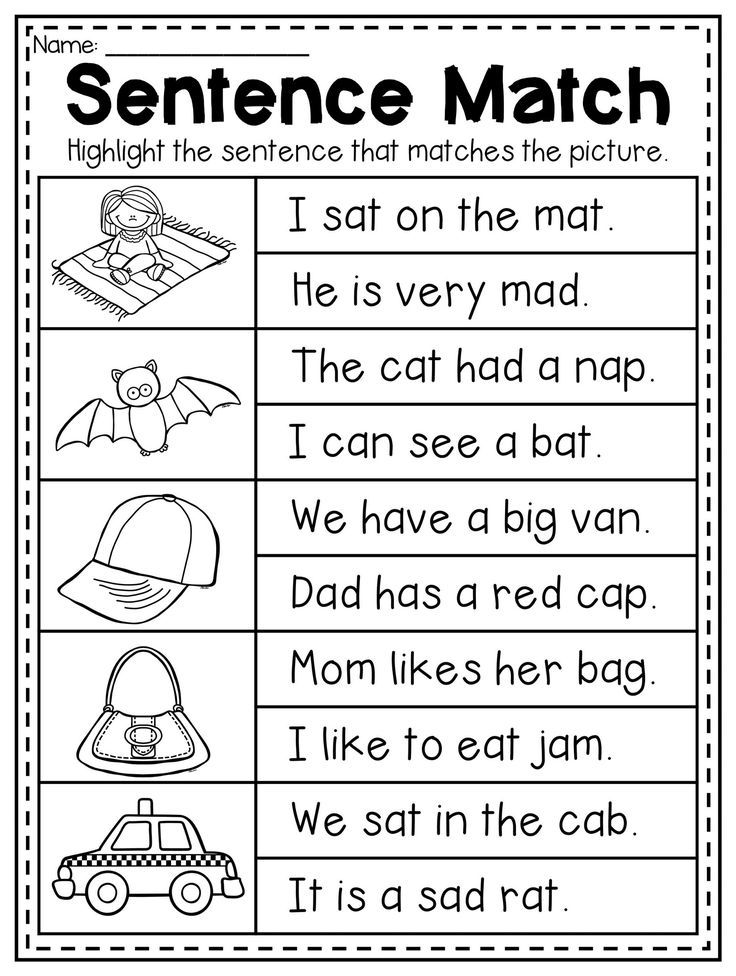 There were fewer conflicts.
There were fewer conflicts.
One morning, Miller stood by her desk as students effortlessly transitioned from one activity to the next during center time. They quietly buzzed around, cleaning up activities and putting their notebooks away in cubbies as she prepared to work with a new group of students at her desk.
“It kind of gives me hope that we’ll be OK,” she said. “Even after last year, we’ll be OK.”
This story about reading skills was produced by The Hechinger Report, a nonprofit, independent news organization focused on inequality and innovation in education. Sign up for Hechinger’s newsletter.
The Hechinger Report provides in-depth, fact-based, unbiased reporting on education that is free to all readers. But that doesn't mean it's free to produce. Our work keeps educators and the public informed about pressing issues at schools and on campuses throughout the country. We tell the whole story, even when the details are inconvenient.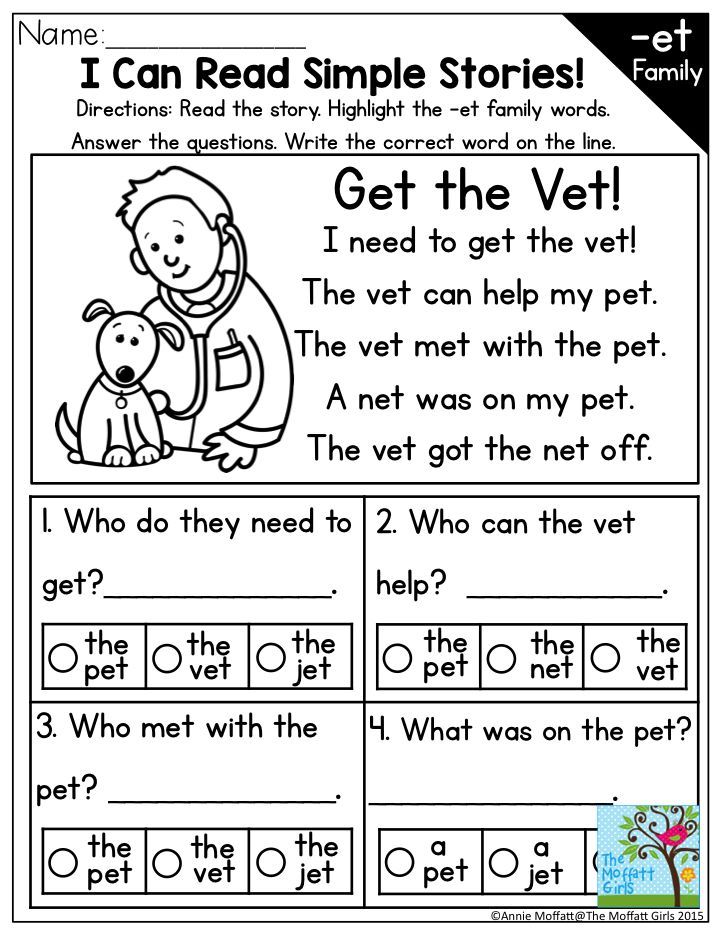 Help us keep doing that.
Help us keep doing that.
Join us today.
goals, benefits, program with exercises
After the child has learned to read in syllables, he will have to master the skill of reading full-fledged texts. Teaching children to read is a complex and time-consuming process that requires the right approach. This article will cover all the important issues. concerning the introduction of children to literature.
The importance and purpose of reading for preschoolers
Reading is a skill that every adult needs. The sooner the kid starts learning to work with texts, the sooner he will be able to take advantage of all the benefits that will become available to him. nine0003
Learning to read is best with parents
Reading is responsible for the development of such skills as the analysis of the text read, the perception and retelling of the information received. It replenishes vocabulary and develops logical thinking.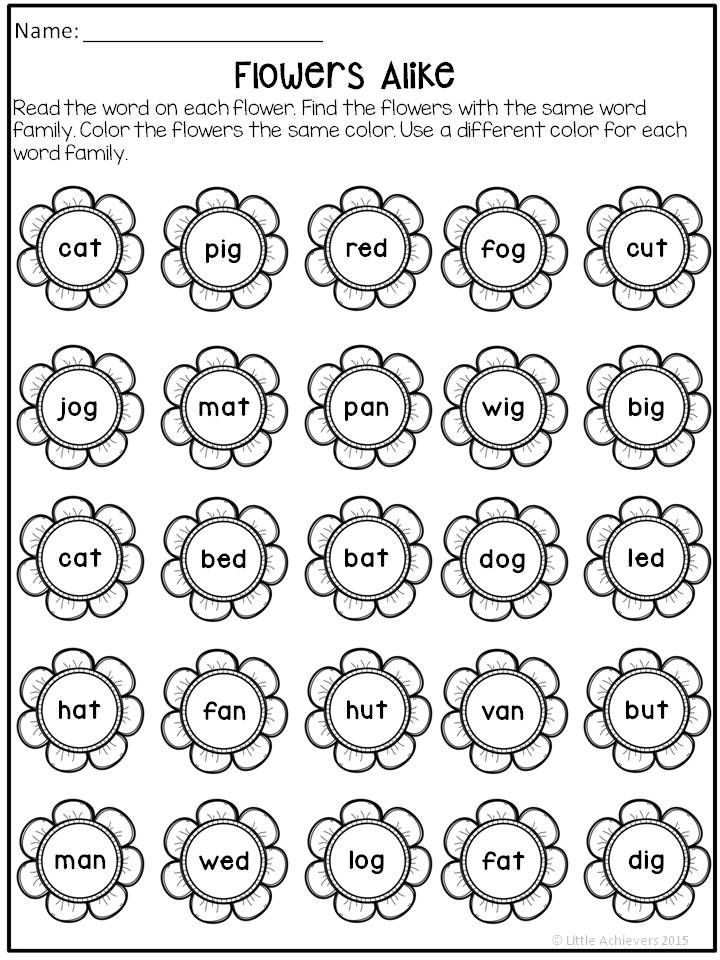 Working with fiction already at an early age forms a competent, beautiful and correct speech, and the child himself learns to freely express his thoughts in his native language.
Working with fiction already at an early age forms a competent, beautiful and correct speech, and the child himself learns to freely express his thoughts in his native language.
Reading is also responsible for the formation of moral and cultural values, character and worldview. With its help, the baby indirectly gets acquainted with the past, future and present. The most important spiritual qualities, such as mercy, compassion, the joy of someone else's success, children also often draw from books. nine0003
The goal of reading fiction in kindergarten is to master all of the above skills, and most importantly, to instill in children a love of reading. All this can be achieved with the help of works of Russian folklore. Interesting and fascinating stories of fairy tales will teach the younger generation to see the plot, climax, denouement in the work. On a subconscious level, they will catch what the plot is and will be able to divide the characters into "good" and "bad". All this develops logical thinking and contributes to comprehensive development.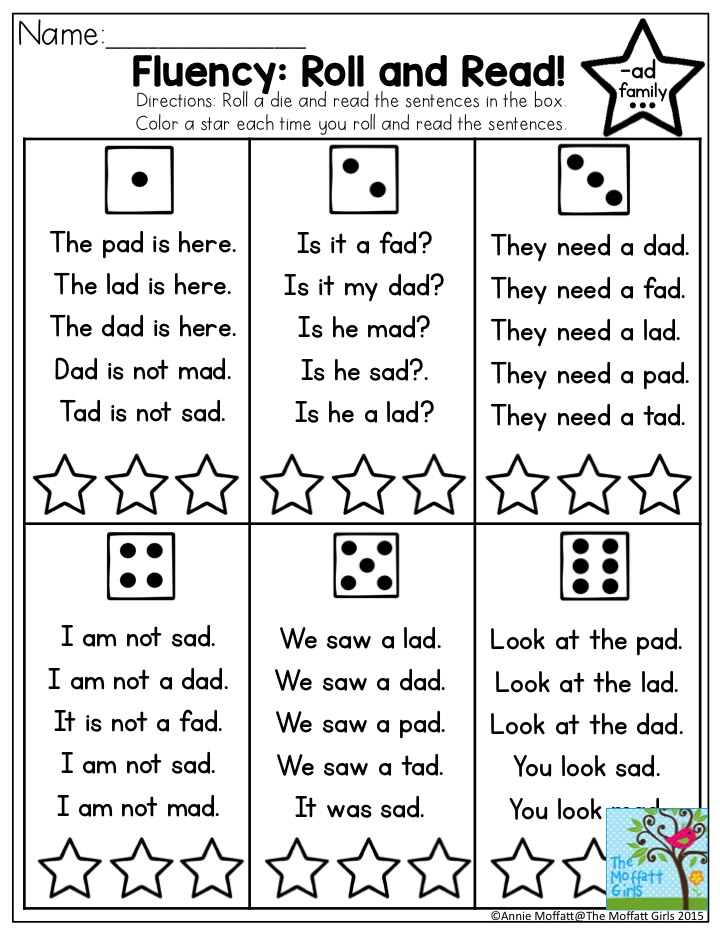 nine0003
nine0003
Important! Literary education plays a huge role for preschoolers, because it is one of the key factors in their upbringing. The book will become a means of understanding the surrounding world, its way of life and foundations.
At what age can you start learning
Each kid needs an individual approach, so there is no clear age when you need to start teaching him to read. There are generally accepted age limits, but even here there are many pitfalls.
Modern realities force inexperienced parents to chase time, and this often affects their children. Ambitious adults try to invest in the child all the skills as early as possible: knowledge of foreign languages (often English), reading and much more. Now a child who came to the first grade, being able to read, is not uncommon. But is it necessary to take away their childhood from preschool children for what they will be taught anyway in the future? Each parent decides for himself.
Every parent decides when to teach a child to read
Determining the optimal age to start reading classes ends with the fact that the best time is when the child reaches for literature on his own.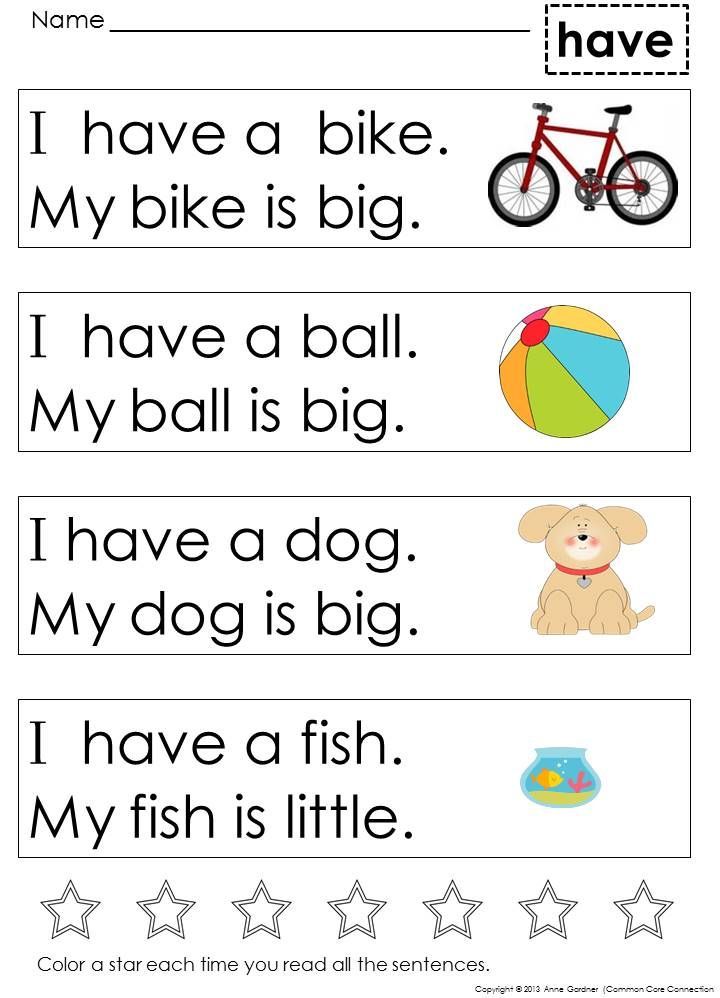 As a rule, this is a period between six and seven years.
As a rule, this is a period between six and seven years.
Important! A child cannot just pick up and want to learn to read. Everything should come from the family. In order for the baby to independently take the initiative, he must learn this from adults. Parents should read aloud to him before going to bed, be able to turn spending time together into a game. nine0003
It is unlikely that a child of 3-4 years old will want to read a book on his own. At this age, he can be taught to mechanically add syllables into words, but he will not understand the meaning of what he read. This practice often leads to the formation of an internal barrier to further learning, and there is no benefit from it.
When a child begins to be interested in books, parents need to be able not to take this interest away from him.
Please note! When the kid nevertheless reached for literature, he did not become an adult. All learning should not take much time - at this age, it is difficult for children to focus on long-term perception of information, and even more so on its comprehension.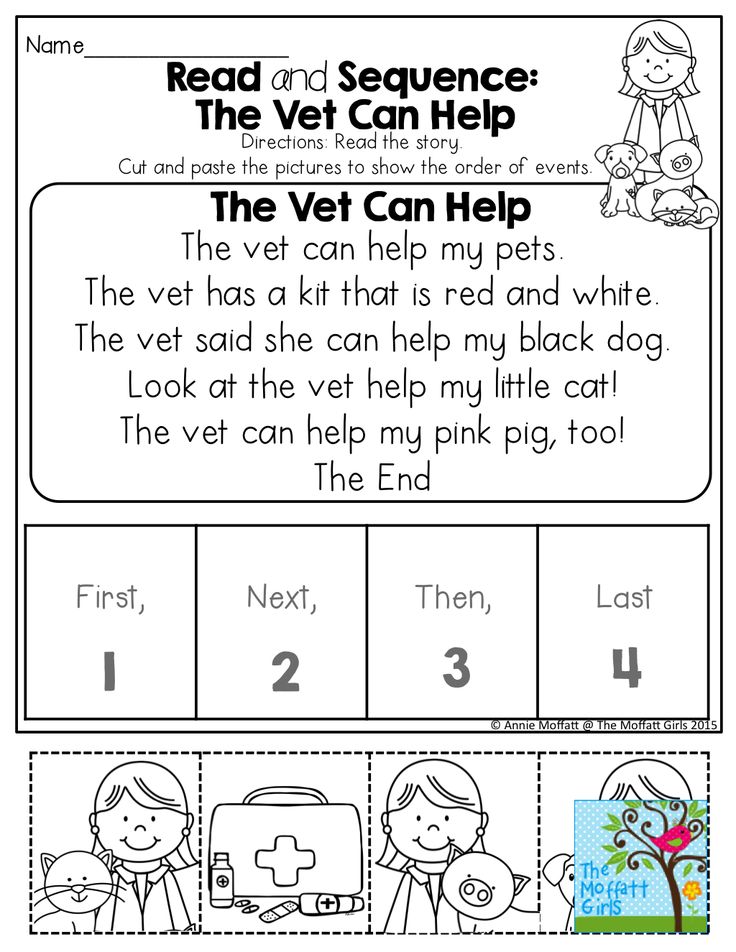 nine0003
nine0003
The ideal option is to turn reading for toddlers into an entertaining game. Then the learning process will not be perceived with rejection, which is a normal reaction of the brain to something new.
However, even if a child of 6-7 years old cannot read, this is not backwardness, but a normal phenomenon. It's time to start teaching him this. The GEF program offers tasks for learning to read from scratch at this age. Often, audio lessons are sold as an app for textbooks.
How to start your first reading
There are a huge number of methods that offer parents the most sophisticated options for gently teaching children to read. But is it worth it to surround the child with cards with words from 5-6 months?
Parents also learn in the process
In order for reading to children aged 5-6 not to become news, it is necessary to surround the child with written information from childhood. The alphabet on the wall, books in the house, cubes with letters - the kid must get used to the fact that textual information is an indispensable part of life.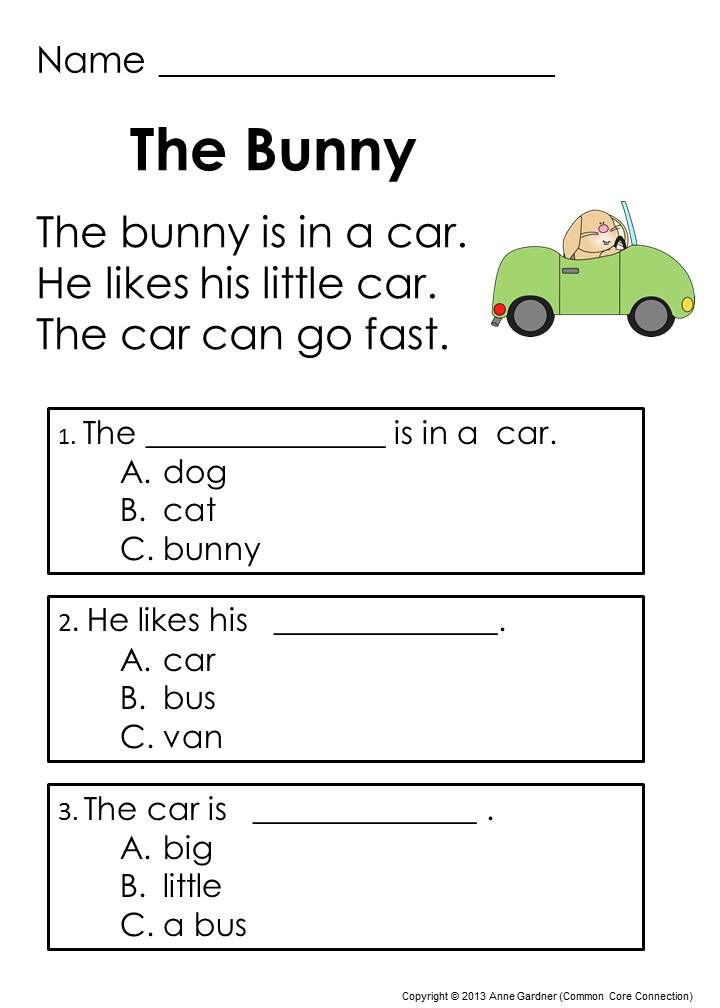 nine0003
nine0003
Everything should go from simple to complex. First letters, then syllables, then words, sentences, and text. Learning letters with a child is not difficult if you turn everything into a game. For example, you can print coloring pictures with letters on cards, and in the process of coloring invent which words begin with this letter.
Important! We must not forget about the most important component of the Russian language - sounds. It is necessary to teach the child to understand and pronounce sounds in a timely manner. This will help him master reading much faster. nine0003
When the child has mastered the letters, syllables and sounds, you can move on to reading words. It is important to be patient with classes and make sure that the child does not feel discomfort. Do not rush him if he thought about the name of the next letter. Each lesson is the work of two, but the main task lies with an adult.
Additional information. Do not exercise with your child for more than 15-20 minutes a day.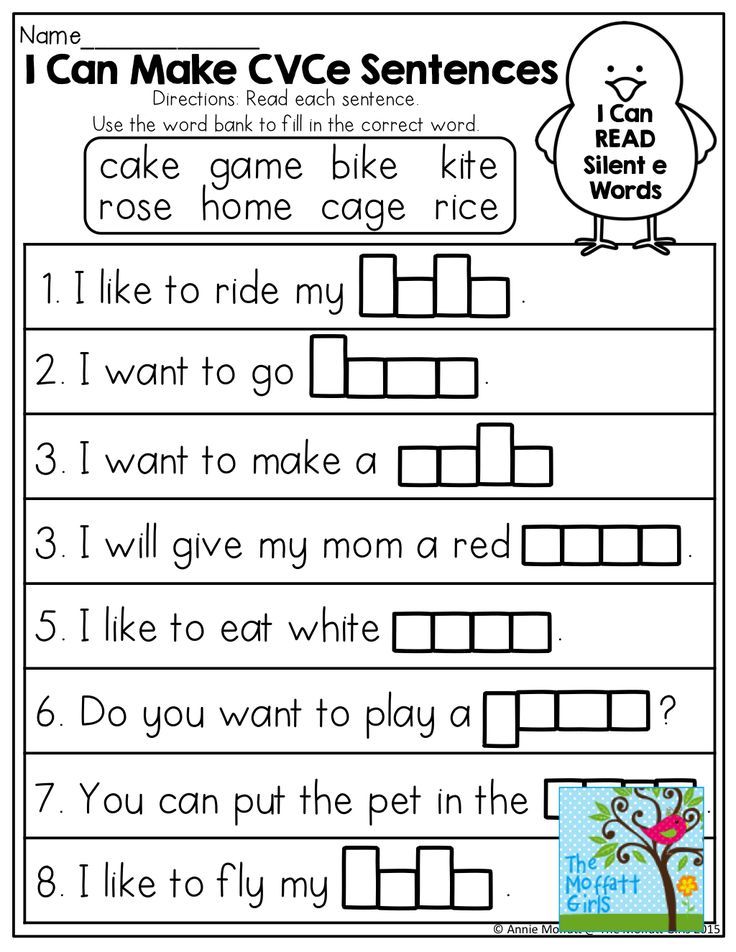 This is the optimal time for which the baby can concentrate, subject to interest. Fast learning to read does not depend on the duration of the lessons, but on their regularity and quality. nine0003
This is the optimal time for which the baby can concentrate, subject to interest. Fast learning to read does not depend on the duration of the lessons, but on their regularity and quality. nine0003
Reading short stories or fairy tales before bed is a good option for the first group activities. This is suitable for those cases when the baby has already mastered the letters and syllables. At this time, the parent reads the text on his own, occasionally inviting the child to try to read this or that word. It is worth choosing words that make sense, but not too complicated.
For example, if the story is about a snail, you can ask the child to read the word "snail" and show it in the picture. The main thing is to make sure that the child does not learn to guess the words by the connection of the first letter and the picture. How to avoid this will be discussed below. nine0003
If a parent really wants to teach a child to read, but absolutely does not know how to approach this matter, it makes sense to purchase a special manual in a bookstore. It can also be found online in the form of a presentation. This literature is aimed at educating parents.
It can also be found online in the form of a presentation. This literature is aimed at educating parents.
How teaching should be done
Despite the lack of a single methodology for teaching reading, there are rules that will help parents learn to read for preschoolers.
Important! Each parent can independently determine the algorithm by which he will introduce his child to literature. The main thing to remember is that the entire responsibility for the educational process lies with the teacher, in this case, the parent.
Those who doubt their own abilities can seek the help of a specialist. The modern service market offers a huge number of teachers who are ready to teach a child to read at least at five, at least at six or seven years.
It is better for parents to take care of a child
But will it be interesting for a child to engage in an unfamiliar business with a stranger? Most likely no. Therefore, adults should carefully consider everything and honestly answer the question, do they want to take away the carefree time of childish pranks from their child and spend it studying?
Reading simulators
It is customary to start learning to read from books where words are accompanied by pictures.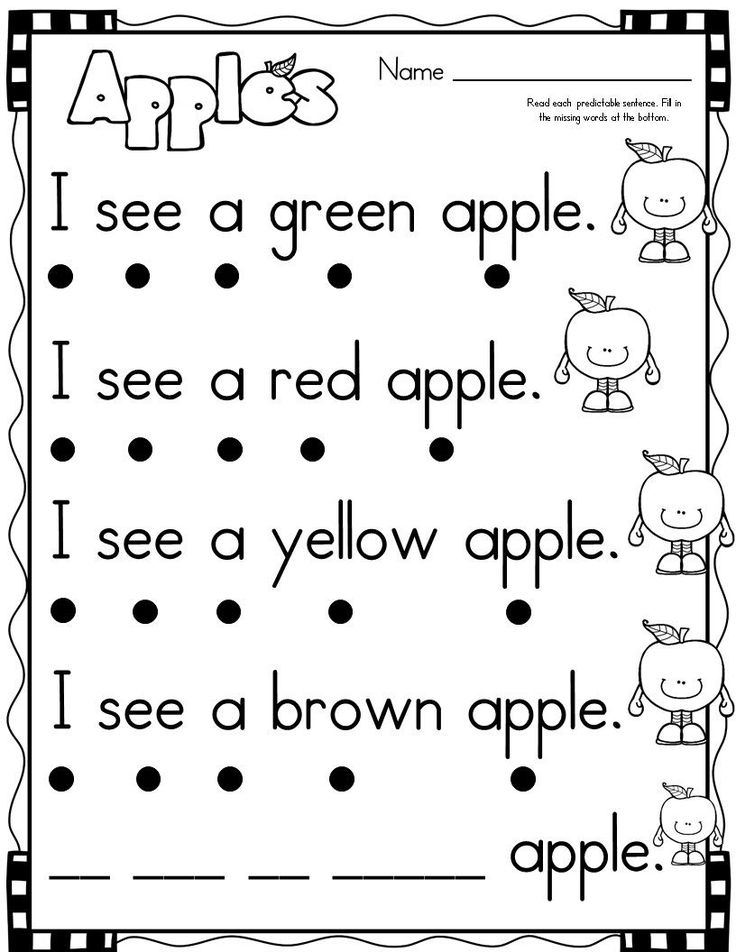 However, it is often easier for children to read the first letter and, by comparing it with the picture, guess the word. To avoid this, it is proposed to use a card index with words. nine0003
However, it is often easier for children to read the first letter and, by comparing it with the picture, guess the word. To avoid this, it is proposed to use a card index with words. nine0003
First, the child is given cards with three-letter words: house, cat, garden….. When he has learned to read such words freely, you can move on to cards with four-letter words. Next - words, where three, four syllables.
Important! Such a simulator assumes the absence of a word-picture-object association, so you cannot focus only on classes with it. But the practice of "only words" is sometimes helpful.
Another good reading simulator for preschoolers that develops the child's ability to think logically and increases the speed of reading - anagrams. It is worth offering to make a word out of a set of letters, and help the kid understand the essence of the game, and it will definitely drag him out. For clarity, the letters can be printed on a sheet of paper and cut out.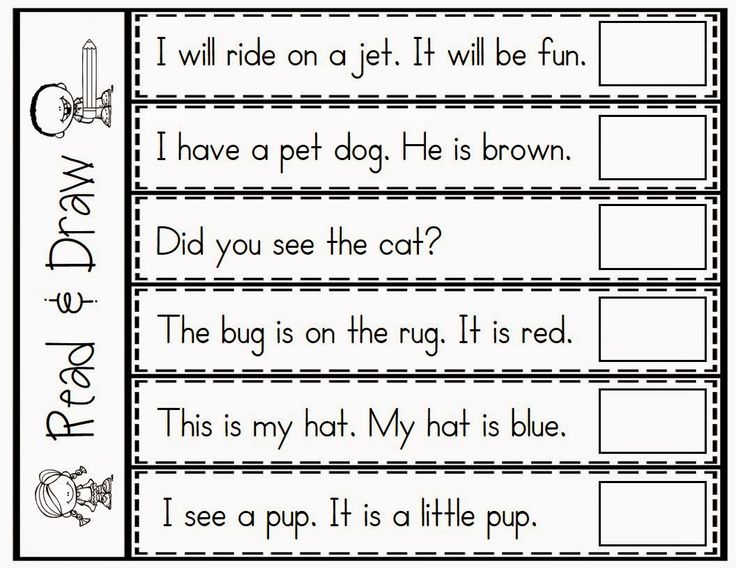 For example, from "yarub" the child will have to collect the word "storm". nine0003
For example, from "yarub" the child will have to collect the word "storm". nine0003
An example of a simulator with cards
Useful exercises
An interesting exercise that helps develop a child's interest in reading and quickly consolidate the already mastered skill - "half a word". It is necessary to close the words in the sentence exactly halfway with a ruler, and invite the child to read them.
You can also print simple words on the cards, cut the papers in half, and invite the child to collect the words piece by piece. Such an interesting task will cause excitement in the kid. And the presence of passion implies the presence of interest, which is one of the key factors in the process of teaching preschoolers to read. nine0003
Reading by syllables
At the initial stages of teaching preschool children to read, the most important moment is reading by syllables. This is what will become the basis for reading words in the future.
When the preschooler has finished learning the letters, the usual alphabet can be replaced with the “alphabet with syllables”.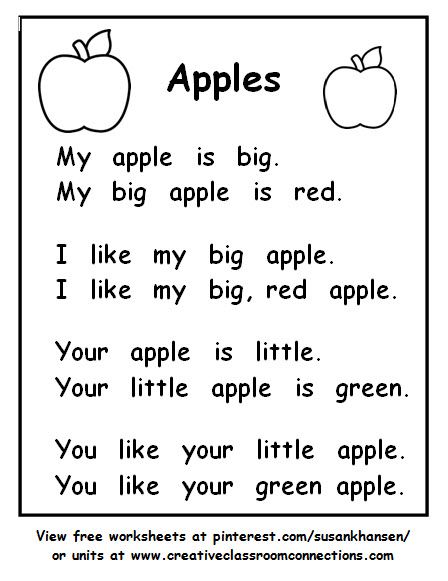 It will help the child to visualize the sounds and syllables from which these sounds are obtained. It also assumes the existence of rules on some syllables (there is no combination “chya” - it is replaced by “write thicker with the letter a”). nine0003
It will help the child to visualize the sounds and syllables from which these sounds are obtained. It also assumes the existence of rules on some syllables (there is no combination “chya” - it is replaced by “write thicker with the letter a”). nine0003
Important! It is better to start teaching your baby to read with repeated syllables. For example, ma-ma, pa-pa, uncle-dya and others. This exercise will help the child comprehend the connection of syllables and words.
How often should you study with a child
The key to success in mastering any skill lies in regularity. The more regular the classes, the better. But it is not in vain that they say that repetition is the mother of learning. So do not forget about the importance of repeating the previously studied material.
Most of the manuals offer 15-20 minutes of lessons with children of primary preschool age daily, but this scenario is not suitable for everyone. nine0003
Some children find reading difficult, both in the process and in general.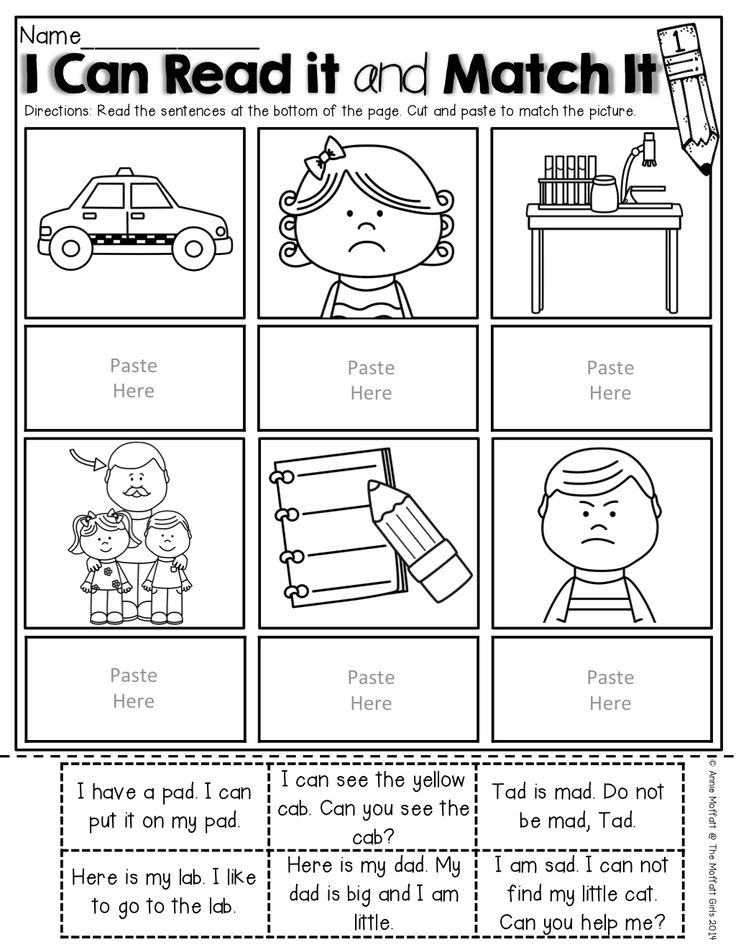 We must not forget that every child is an individual with their own tastes, preferences, hobbies. A child may not like reading, and this is not scary.
We must not forget that every child is an individual with their own tastes, preferences, hobbies. A child may not like reading, and this is not scary.
In order for the child to like classes, he needs to be interested
In cases where the child finds it difficult to study, it is too early to give up. It makes sense to take breaks between classes in 1-2 days.
Important! Also, parents should remember that in the preparatory groups of the preschool educational institution, educators also work with children. You should not overload the child when he did a good job in kindergarten, otherwise he will quickly get bored. nine0003
Books for independent reading at 6-7 years old
Independent reading for children involves the selection of the correct literature. After all, the key factor in the question of a preschooler's interest in a particular book will be its content.
Unfortunately, the modern market is full of books with interesting content, but an absolutely perverted concept of morality.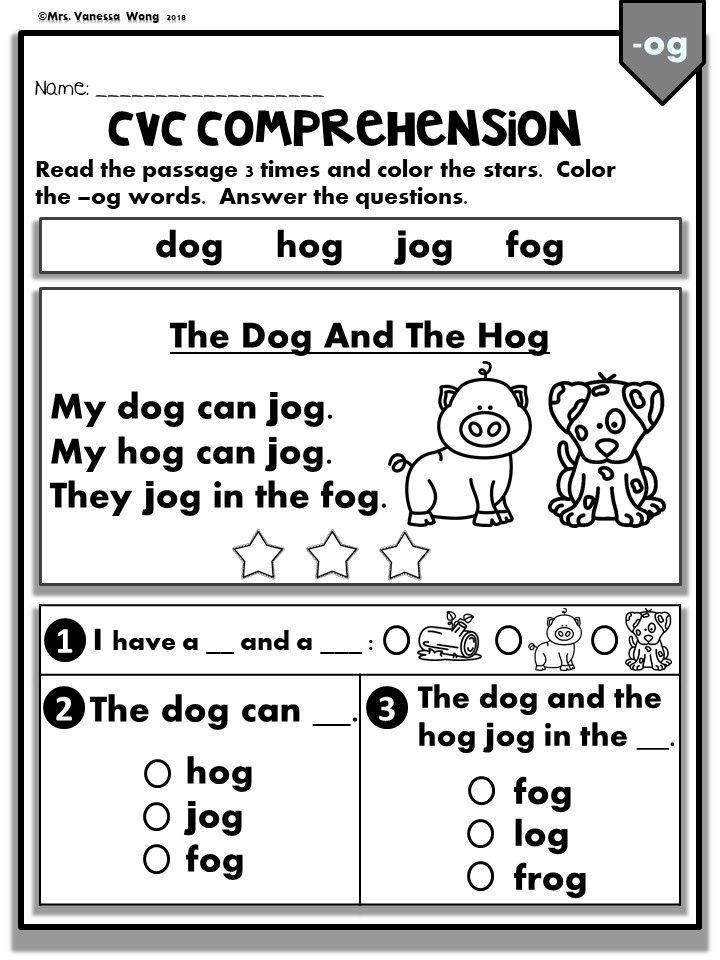 The first literary experience of a child should be not only entertaining, but also useful. After all, as mentioned earlier, books form not only the mental skills of a person, but also engage in his spiritual education. nine0003
The first literary experience of a child should be not only entertaining, but also useful. After all, as mentioned earlier, books form not only the mental skills of a person, but also engage in his spiritual education. nine0003
In order not to make a mistake with the choice of a book, then a list of suitable literature for self-reading of children of primary preschool age will be compiled.
Family reading classes
- The Little Humpbacked Horse (Peter Ershov).
- Scarlet Flower (Sergey Aksakov).
- Silver Hoof (Pavel Bazhov).
- Pushkin's Tales ("The Tale of the Golden Cockerel", "The Tale of the Orybak and the Fish").
- The Wizard of the Emerald City (Alexander Volkov). nine0144
- "Old Man Hottabych" (L. Lagin).
- "Three fat men" (Yu. Olesha).
- "The Adventures of Pinocchio" (A. Tolstoy).
- "Deniska's stories" (V. Dragunsky).
- The Little Prince (A. Saint-Exupery).
- "Mowgli" (R. Kipling).
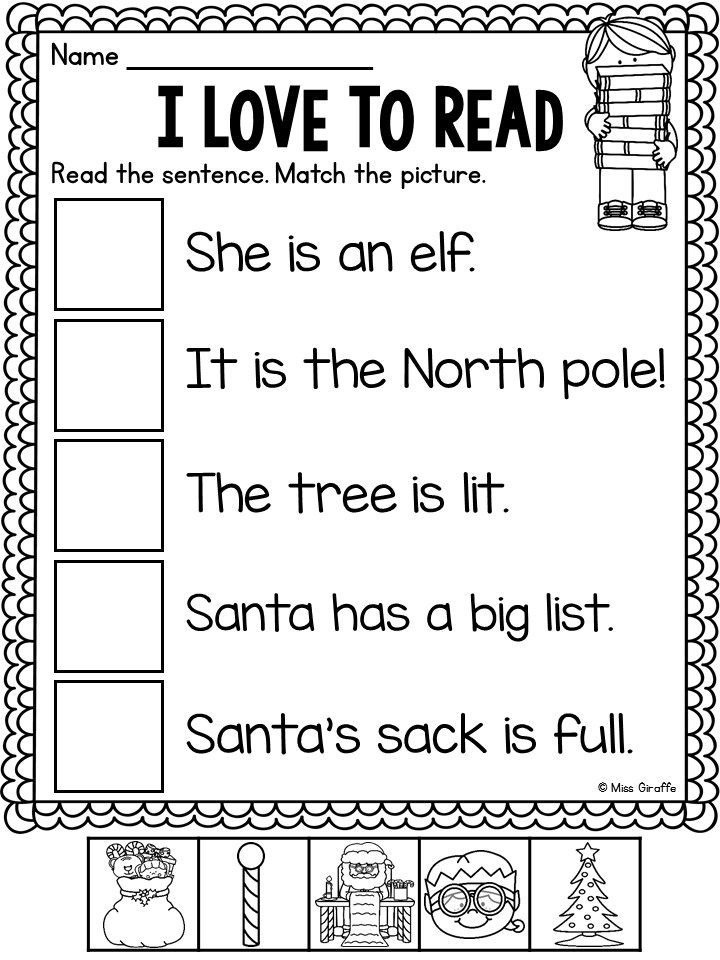
- "Winnie the Pooh and all-all-all" (A. Milne).
In conclusion, it is worth noting that it is important, but not necessary, to teach a child to read at preschool age. The right approach to classes and the right choice of literature for joint or independent reading will be the key to success. And all parents should remember that the baby will love them equally, regardless of the age at which they taught him to read. nine0003
Recommendations for parents on the organization of children's reading in the preparatory group | Consultation (preparatory group):
Recommendations for parents on the organization of children's reading in the preparatory group
Reminder for parents
"Children's reading" is not just reading.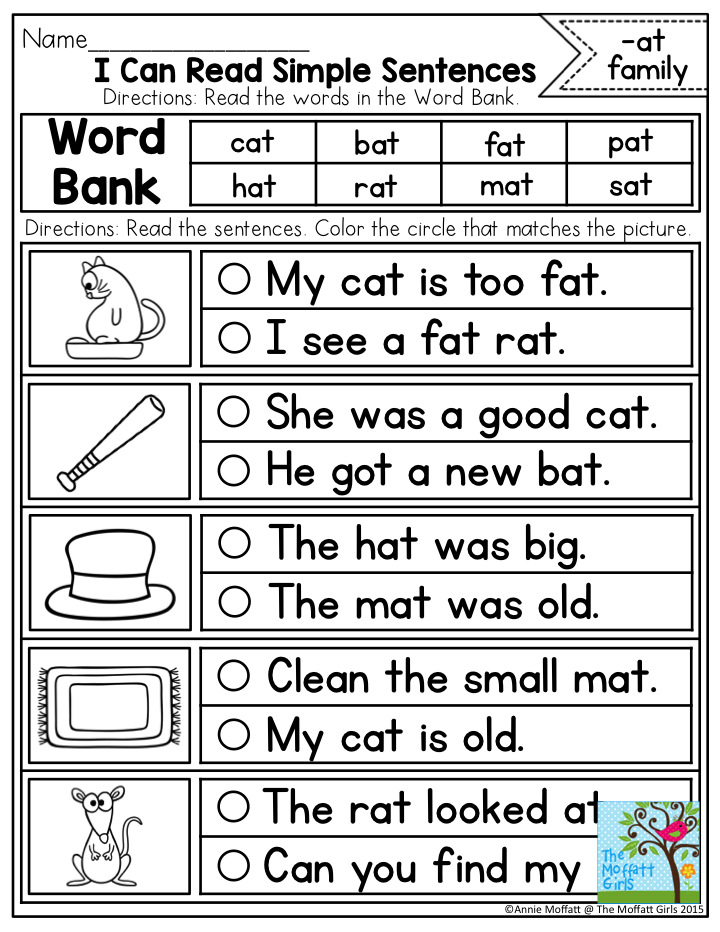
The leading role belongs to the parent. The child acts as a listener.
This enables the parent to:
- control the reading process: follow the rhythm, vary the text, making it more accessible; nine0003
- brightly and expressively present the material;
- follow the reaction of the children's audience.
Reading is a creative process. The result of such creativity is often not material, but is of great value. The text must not only be mechanically pronounced, but also beaten, take your time, create images of the heroes of the work with your voice. It only seems easy at first glance. In fact, as the experience of some parents shows, literally through the page the child begins to overcome sleep, or at least yawning (well, of course, a book for children, and it is almost impossible to fight it. True, this happens mainly as another annoying and a boring duty. So, we can say with confidence: in order for reading to become a joy, the mood is important not only for a child, but also for an adult as a reader.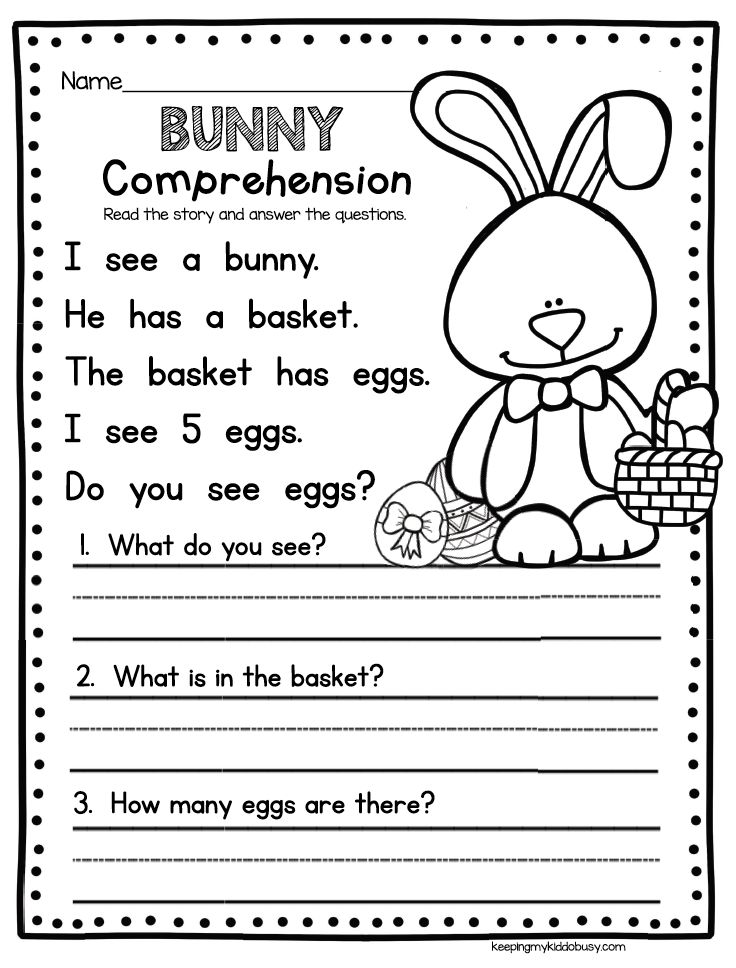 0003
0003
The parent must be ready to respond to questions, comments that suddenly arise in the course of the text, as well as such manifestations of their attitude to what they read as crying, laughing, protesting against the course of events set out in the text.
The kid loves to listen when people read to him! And if you spare no time and effort to communicate with your child with the help of fiction, he will develop in a timely and diversified way.
Read to children as much and as often as possible! This will enrich not only the child, but also you. nine0003
Advice for parents on developing interest in reading:
Instill in your child an interest in reading from an early age.
When buying books, choose bright designs and interesting content.
Read to your child systematically. This will form the habit of daily communication with the book.
Discuss the read children's book among your family members.
Tell your child about the author of the book you read.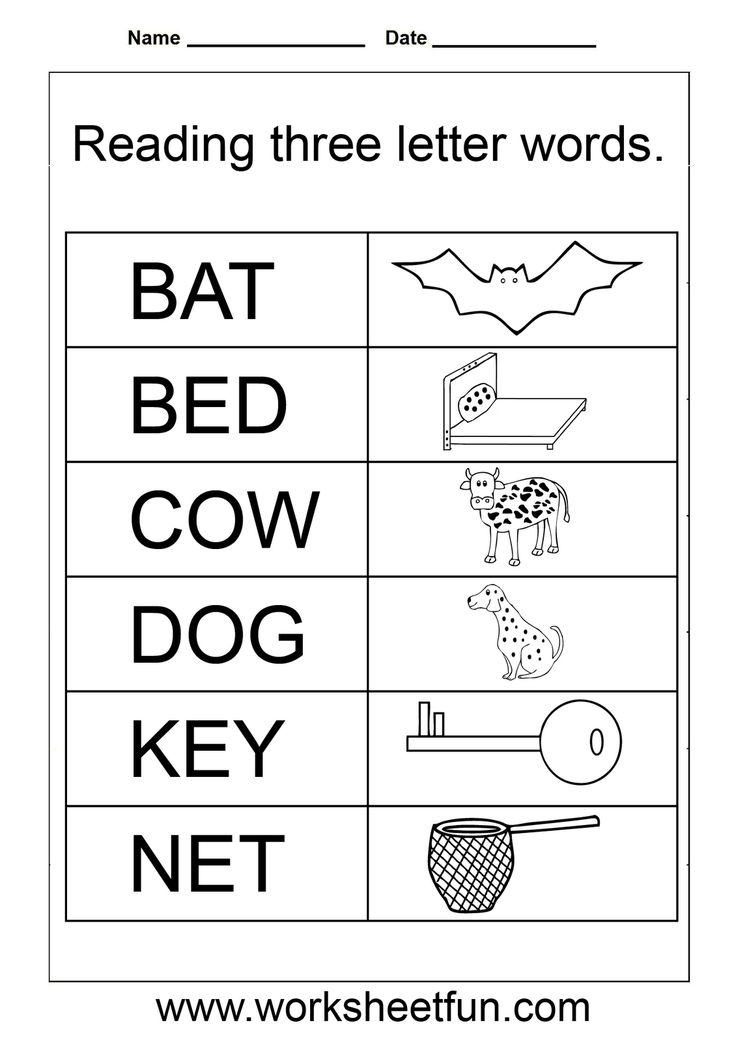
If you are reading a book to your child, try to stop reading at the most exciting episode. nine0003
When recalling the content of what was previously read with the child, intentionally distort it in order to check how he remembered the text he read.
Recommend books from your childhood to your child, share your childhood impressions of reading this or that book, compare yours and his impressions.
Arrange discussions at home about the books you have read.
Buy, if possible, books by authors your child likes, collect his personal library.
SOME TIPS HOW TO INVOLVE YOUR CHILD TO READ BOOKS
• When purchasing a book, make sure it is appropriate for the child's needs and age.
• First books should be solid, with simple, clear pictures that the child can understand.
• The content of the book should also be simple, short, it is desirable that the text be rhymed, with repetitive elements.
• Do not force a child to listen to books.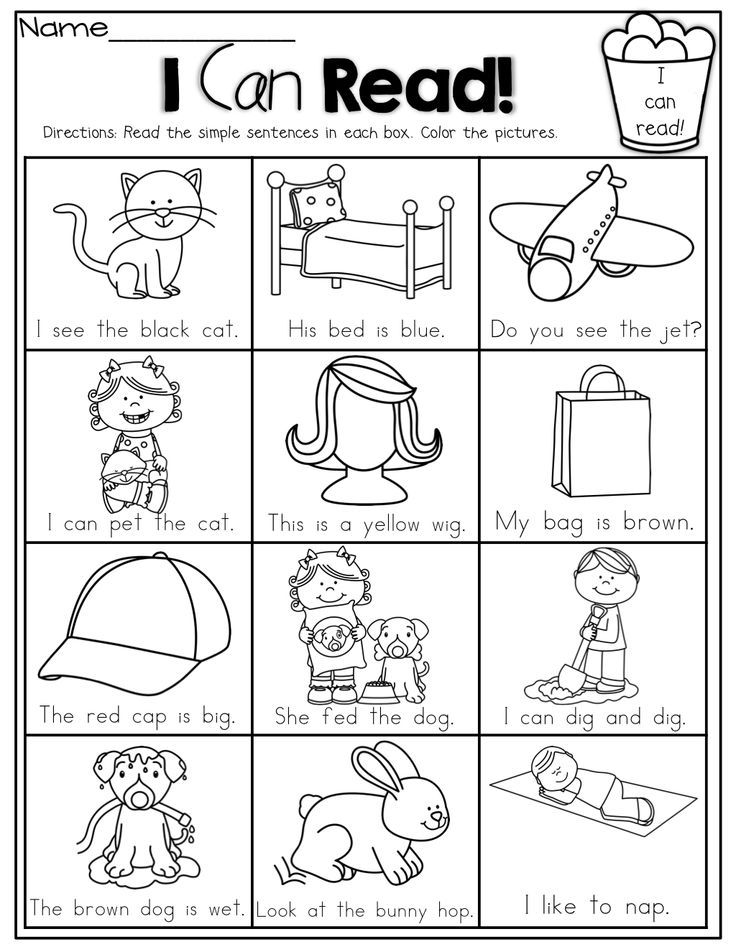 Maybe he is just too small, and at this time it is more important for him to learn how to play ball (cars, dolls, even if a neighbor's child of the same age already shows interest in reading books.
Maybe he is just too small, and at this time it is more important for him to learn how to play ball (cars, dolls, even if a neighbor's child of the same age already shows interest in reading books.
• If your child is resistant to reading, try to get him interested: write a book with him, in which he or people close to him will be the main characters.
• Encourage your child to even briefly interact with a book.
What to read to children?
• Only read books that you enjoy. Choose to read authentic works of art. Let the child see the pleasure of reading.
• Answer only those questions that the kid asks himself during the story, story, poem! nine0003
• Read with expression, change intonation depending on the character.
• Keep the text simple so that the child does not lose interest in the book. Show illustrations.
• When reading to a child, keep toys and objects out of sight that distract the child. Try to read in a quiet place, and most importantly, do not distract yourself.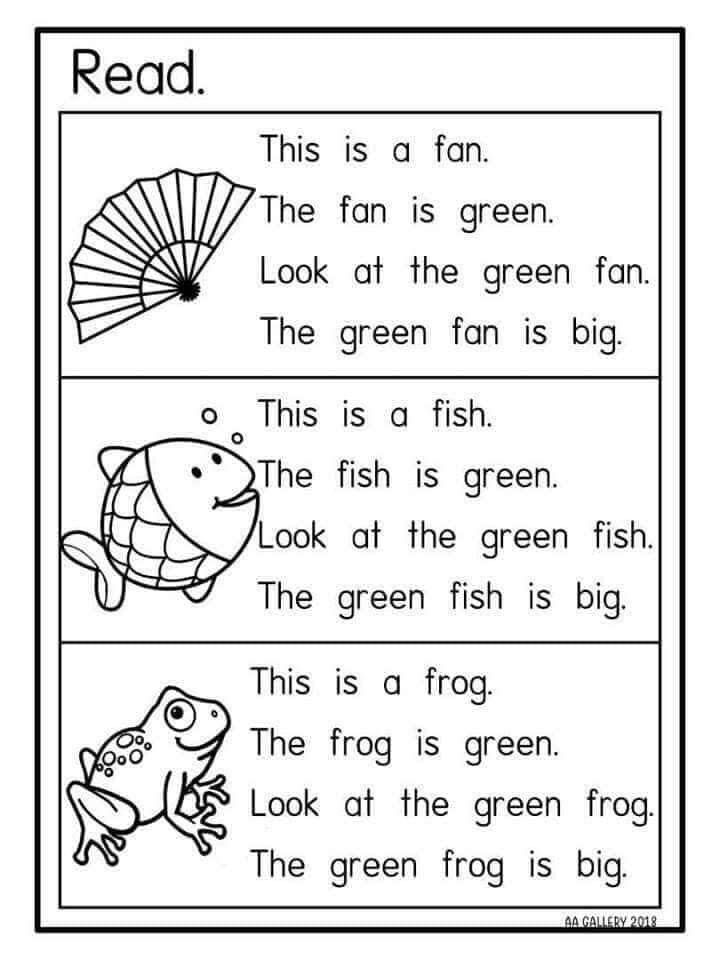
• Encourage your child to retell at least a small passage or complete your story.
• Read to your child even after he has learned to read on his own. The child will be supported by the desire to learn new things from books, to develop artistic taste. Read aloud all your life! In the future, this need will encourage the child to read. Well, if daily reading aloud becomes a habit and becomes a tradition! nine0003
Family reading as the formation of interest in the book.
Home reading is one of the means of spiritual and moral education, while it not only enriches children and their parents with knowledge, but also brings all family members closer.
Family reading contributes to the establishment of closer intra-family contacts, in particular, reading didactic fairy tales is a means of intra-family communication between people of different generations:
• Spending time together reading instructive or magical fairy tales contributes to replenishing the “life treasury” of knowledge and impressions of a person.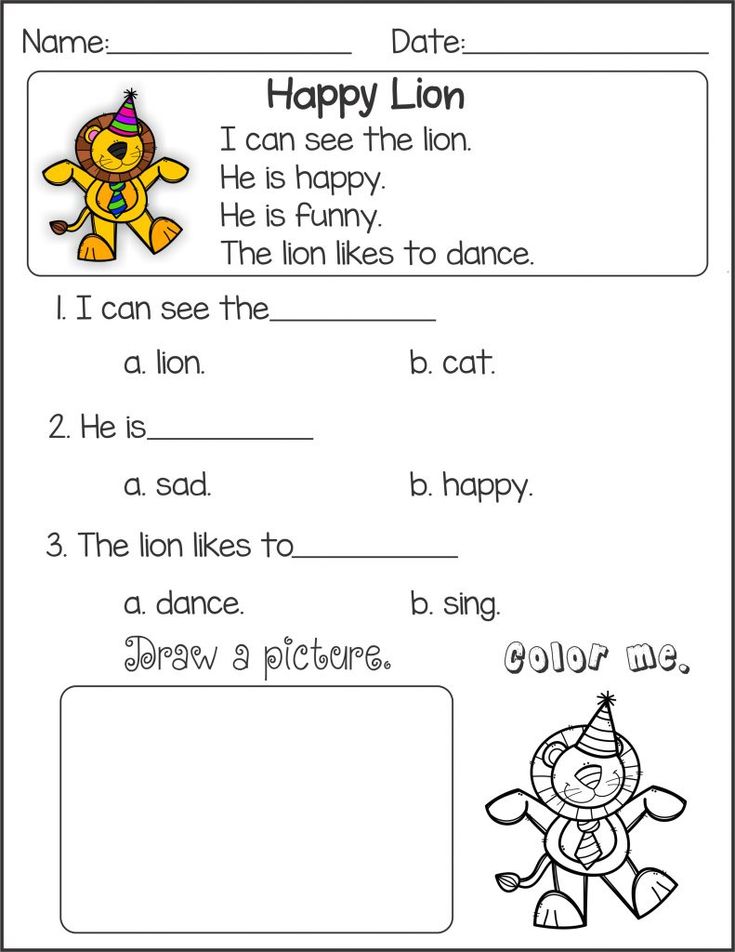 nine0003
nine0003
• Encourages the child to ask questions, seek explanations for incomprehensible words and expressions, engage in dialogue with adults, formulate questions. Introduces children to folk customs, traditions, family stories.
• Family reading gives children the opportunity to feel the value of the life experience of older family members, learn something important and interesting about their loved ones.
• After reading the proposed fairy tales, listeners are drawn into a conversation about similar events and situations in their own lives, which allows them to reveal close family ties and, on this basis, become interested in their own family tree, encourage them to create a genealogy based on the experience of older members of the family clan. nine0003
• Reading fairy tales allows children to understand the meaning of concepts that they do not hear about in kindergarten or in the yard: such concepts as chastity, virtue, piety, selfless love, self-sacrifice.
After reading books, the younger members of the family have a subject for conversation, a desire to ask the elders for a word, expression, event, or phenomenon that they do not understand in the book.
Recommendations for parents for family reading:
1. When adults choose fairy tales, books for reading, they should be guided by their own interest and the problem of the family and their child (for example, illness of a family member, the appearance of a second child, family discord). nine0003
2. The book should be read at the allotted time. Read regularly, let it become a ritual in your family.
3. The child himself or one of the adults can read the fairy tale - decide for yourself.
4. If a child has questions, do not rush to answer them right away, ask him how he understands the word or situation. The child's reasoning will help you understand a lot about his behavior and emotional state.
5. If a child has a misunderstanding, try to fix it in order to sort out at your leisure: what puzzled the child, what worries him. nine0003
6. Sometimes there is a problem in a child's questions, so do not rush to read further, try to listen and develop the topic.